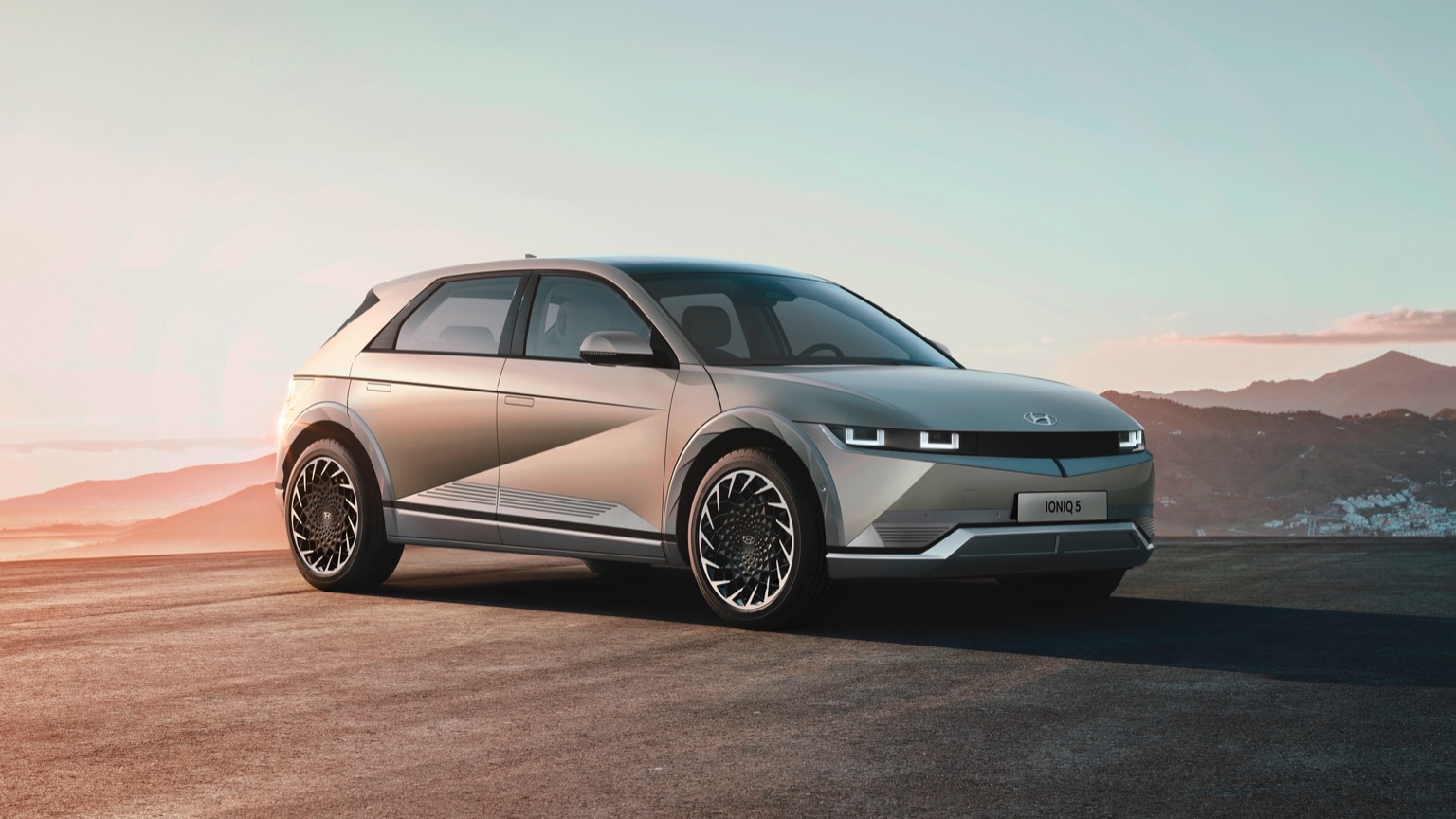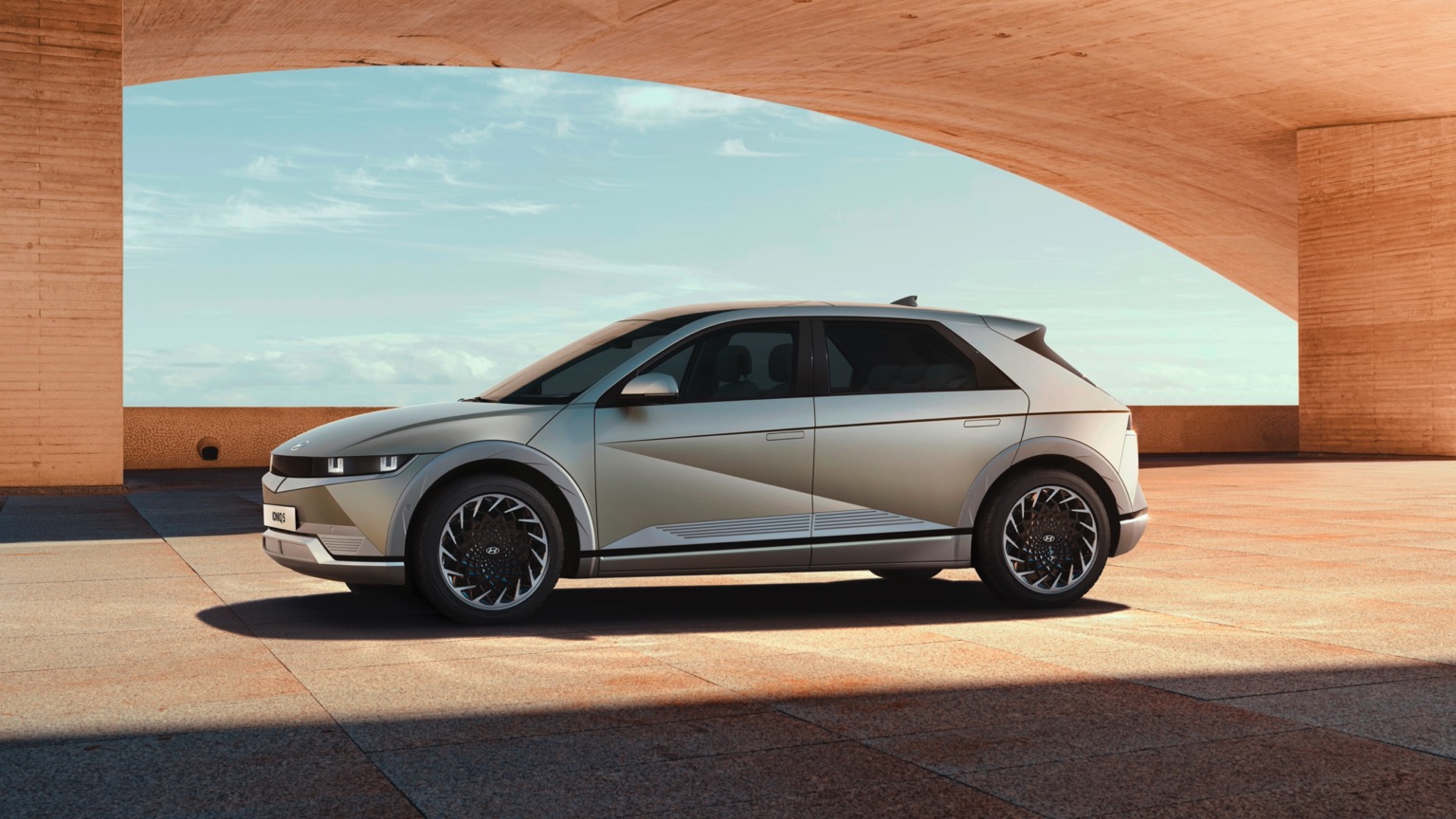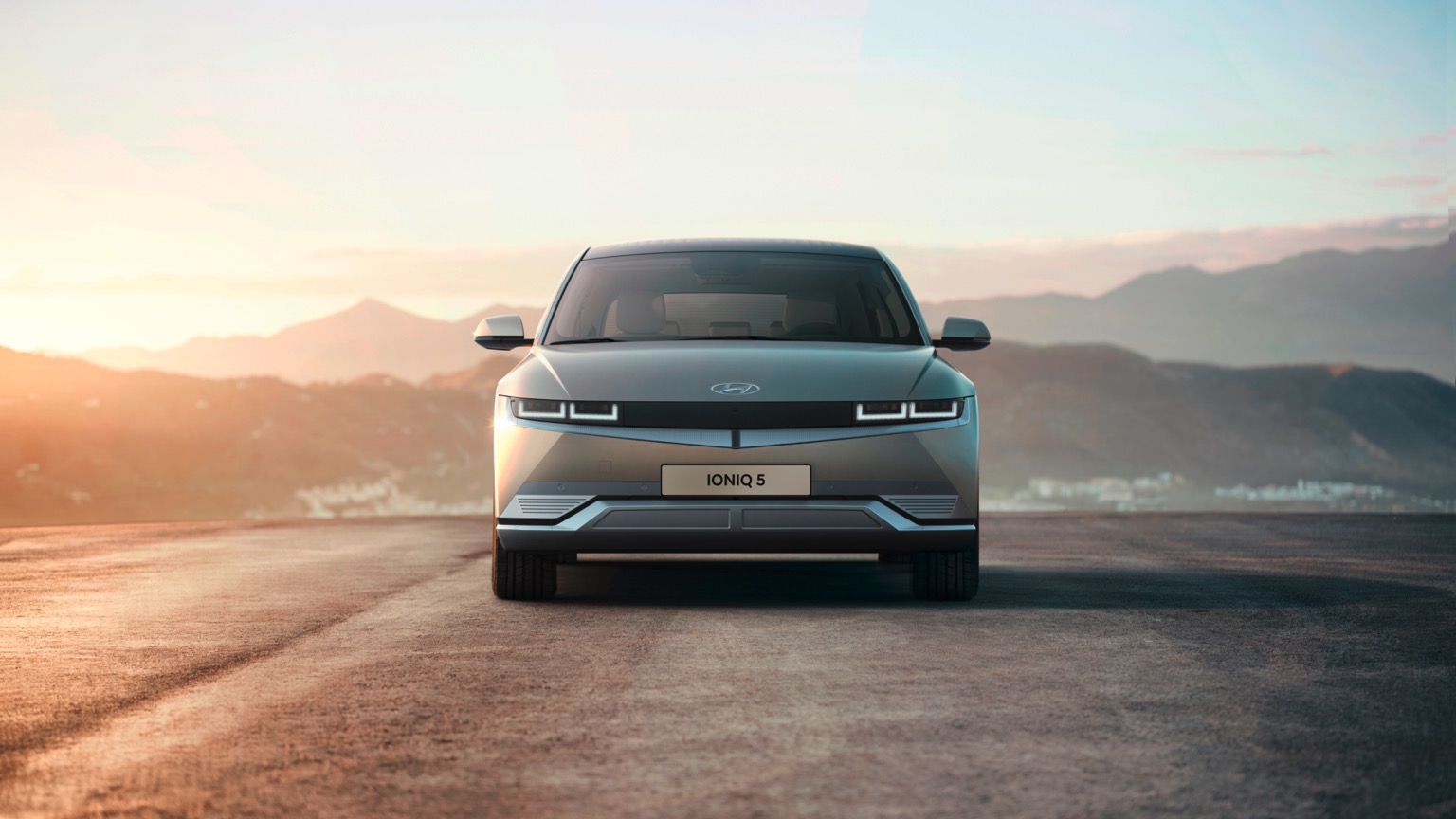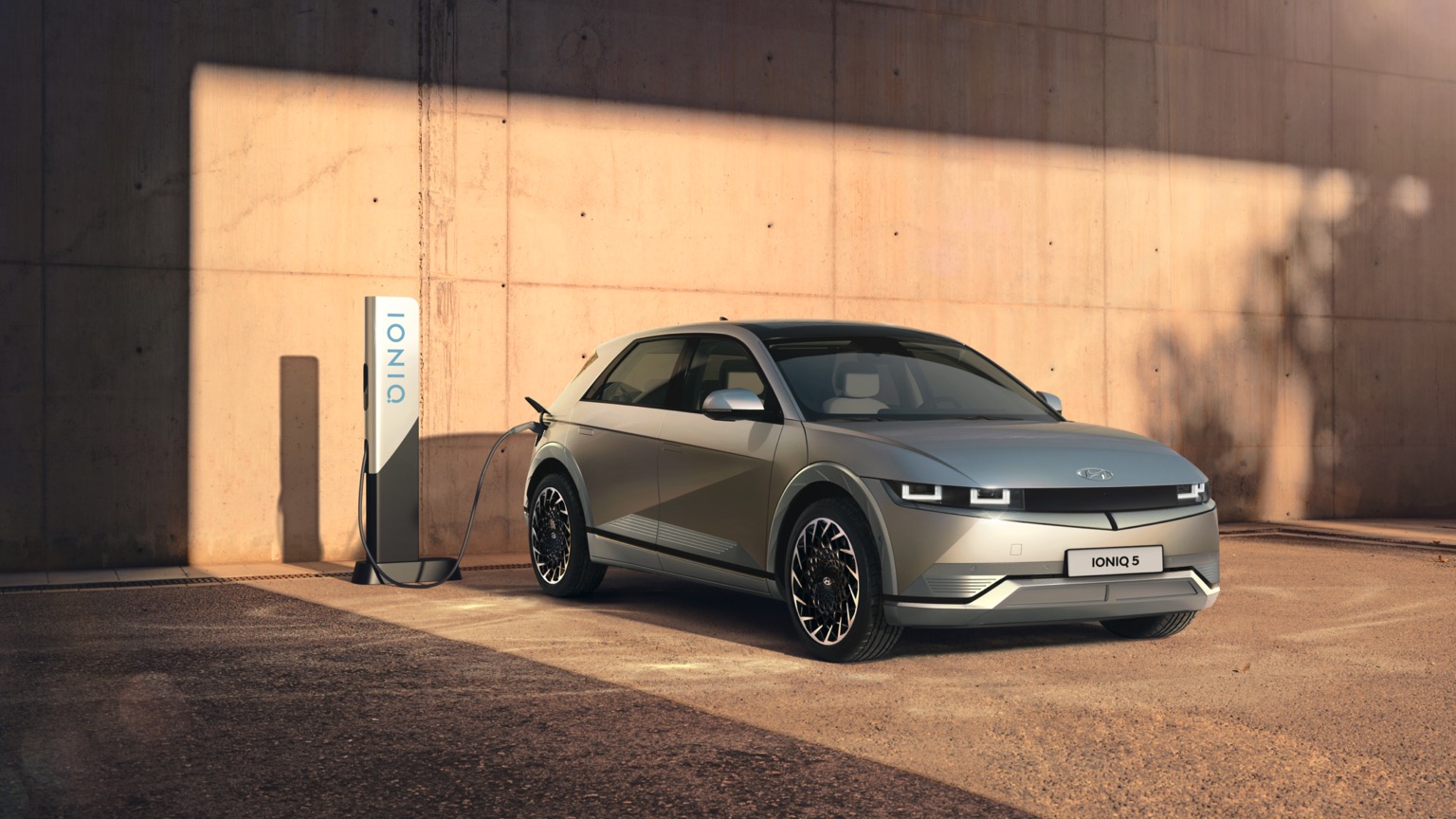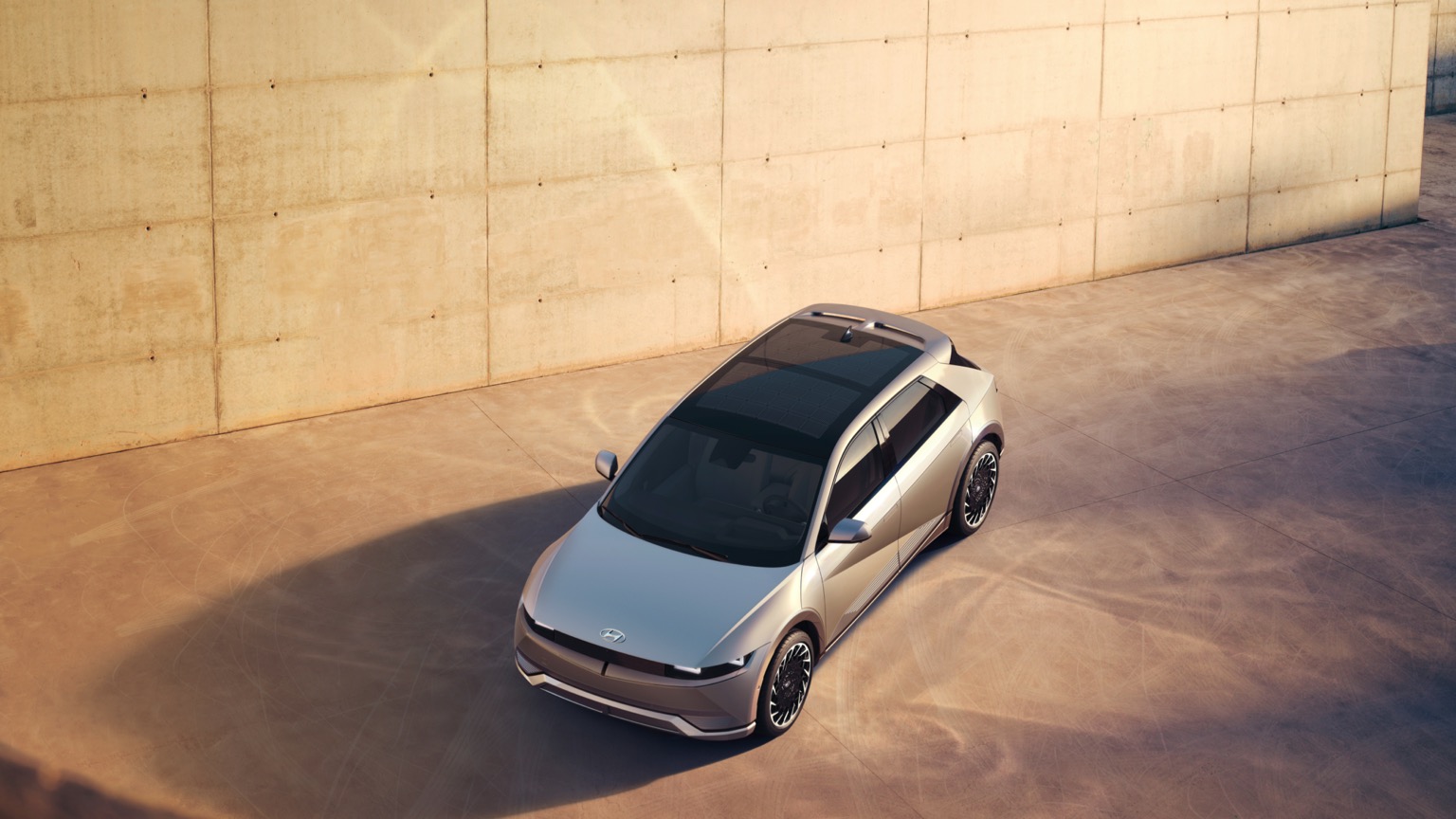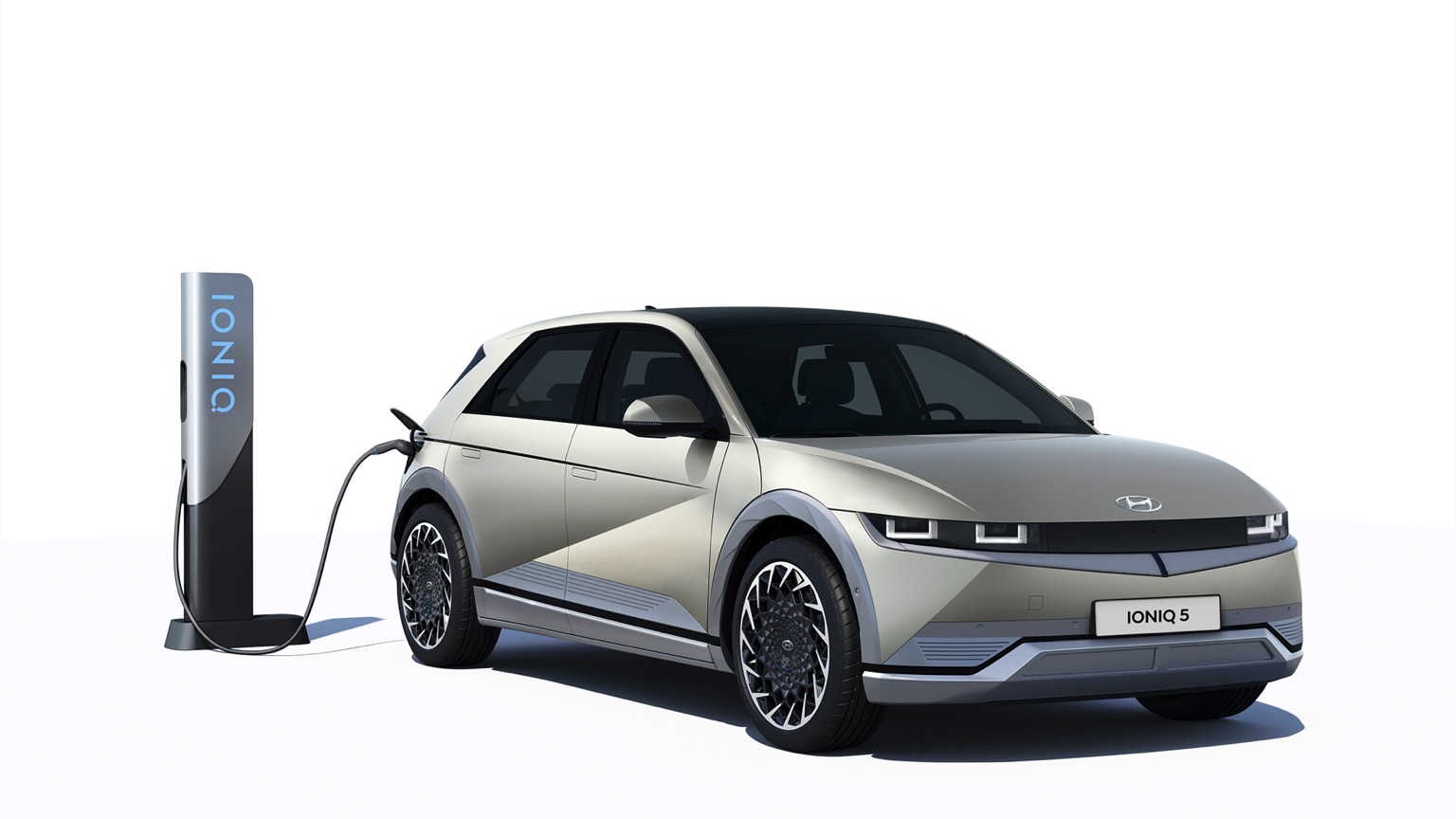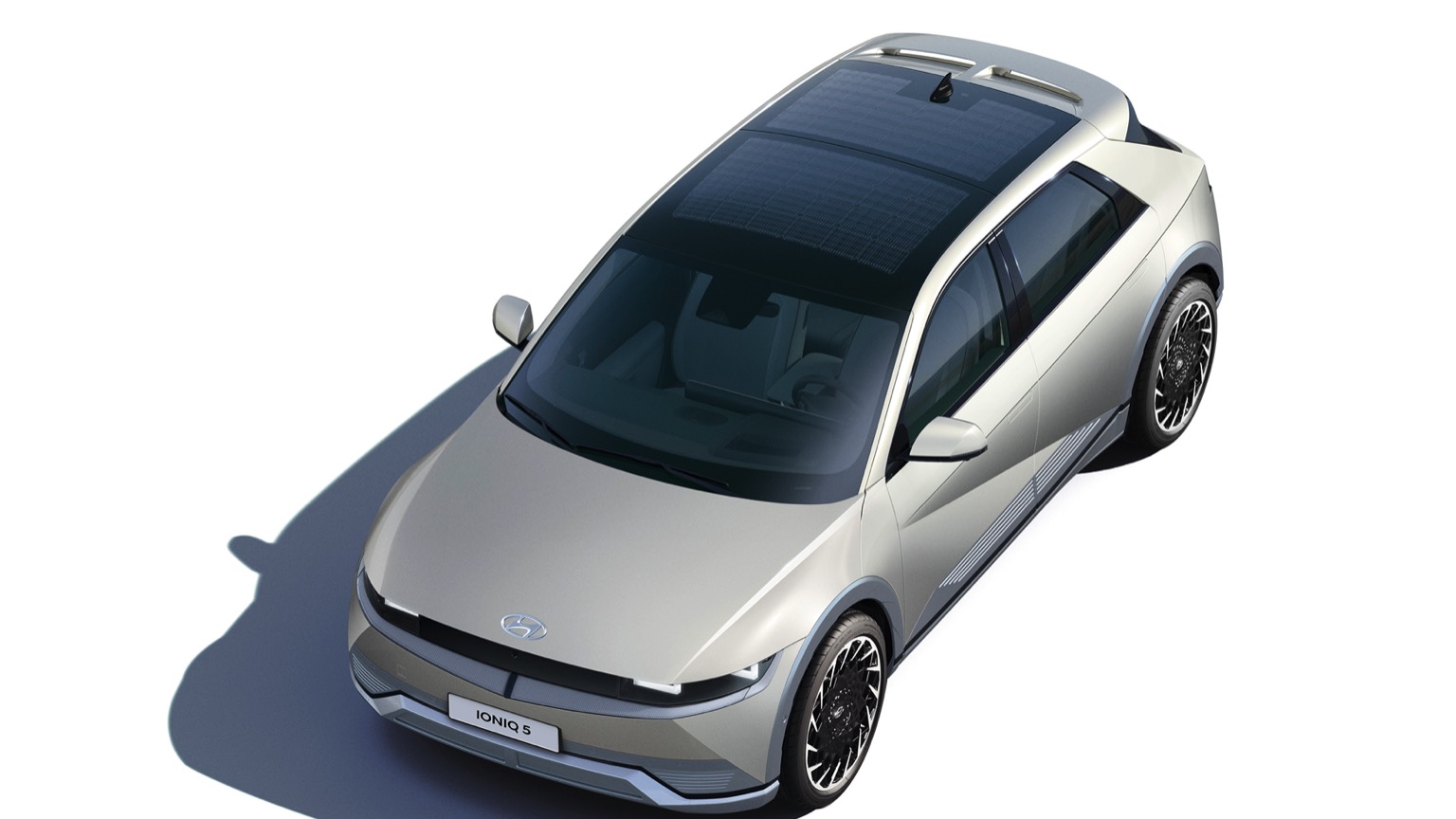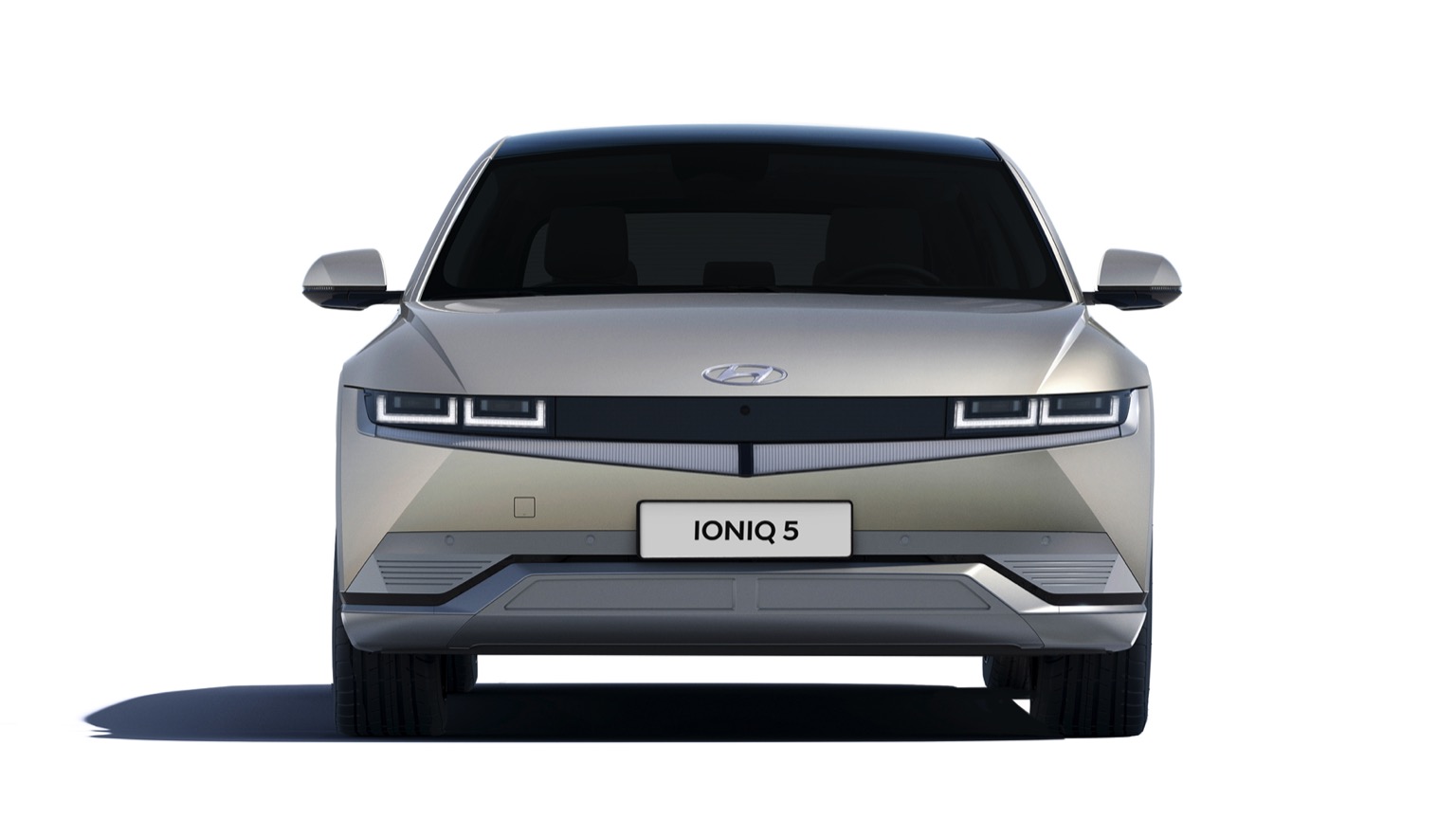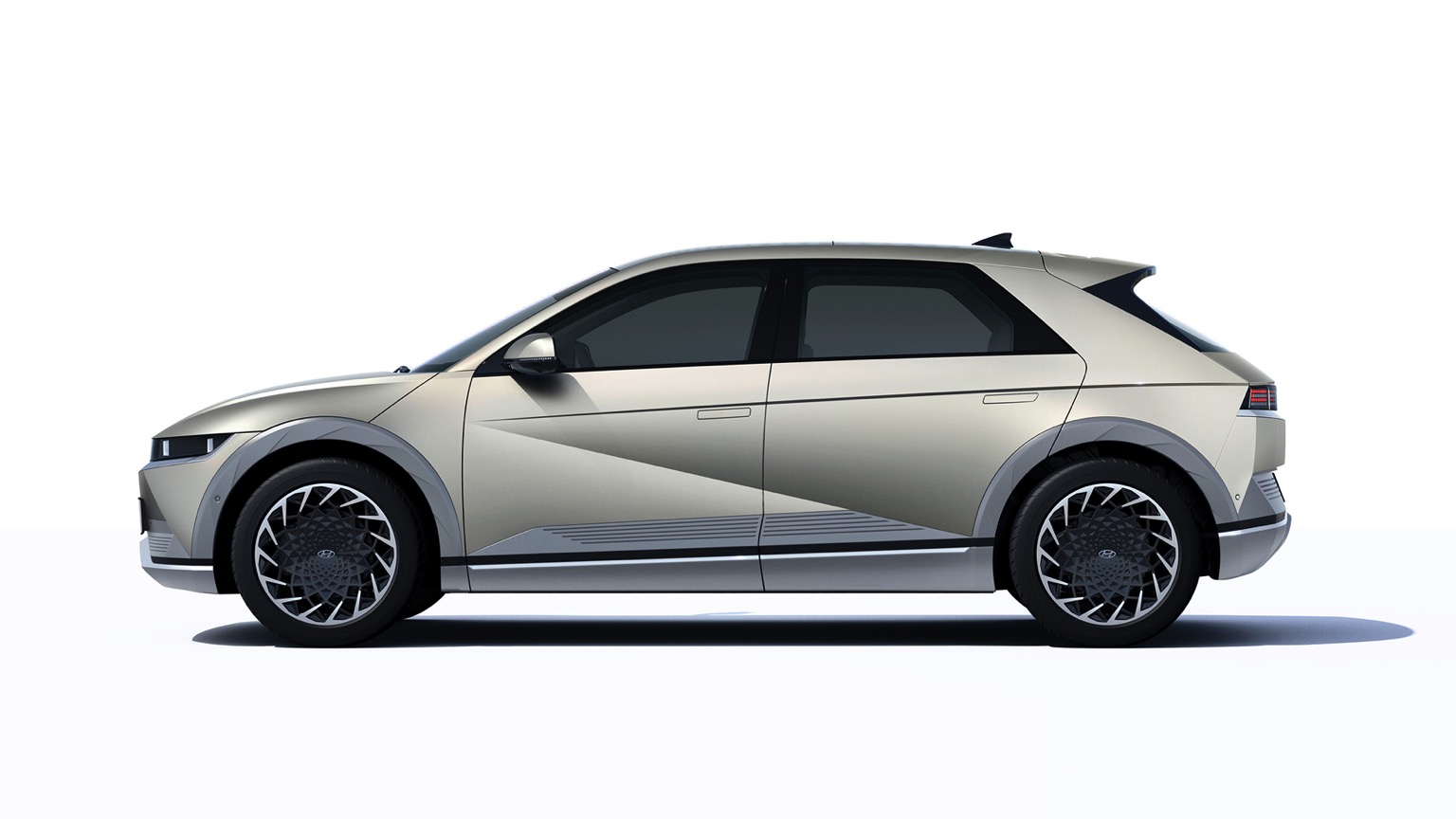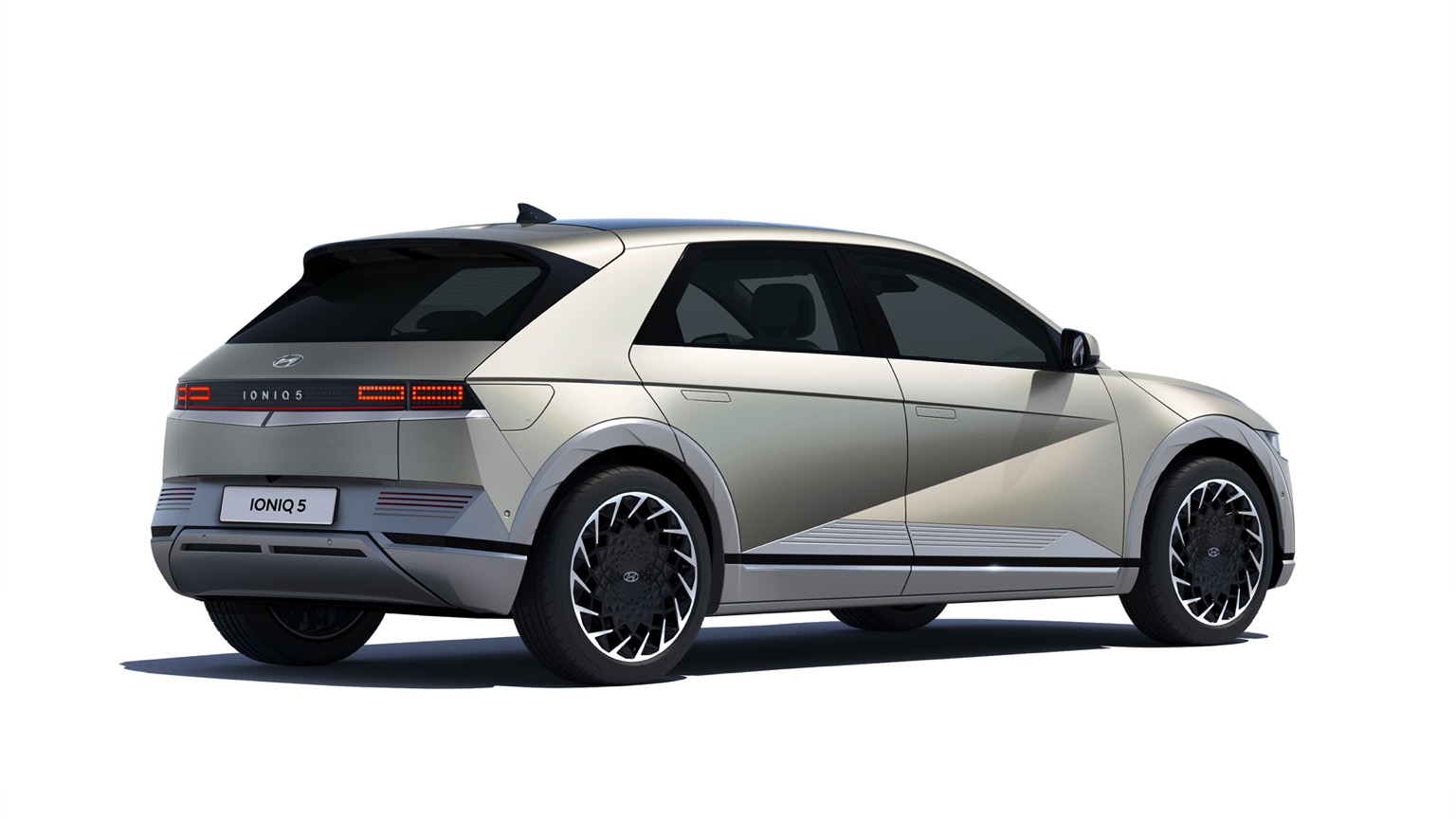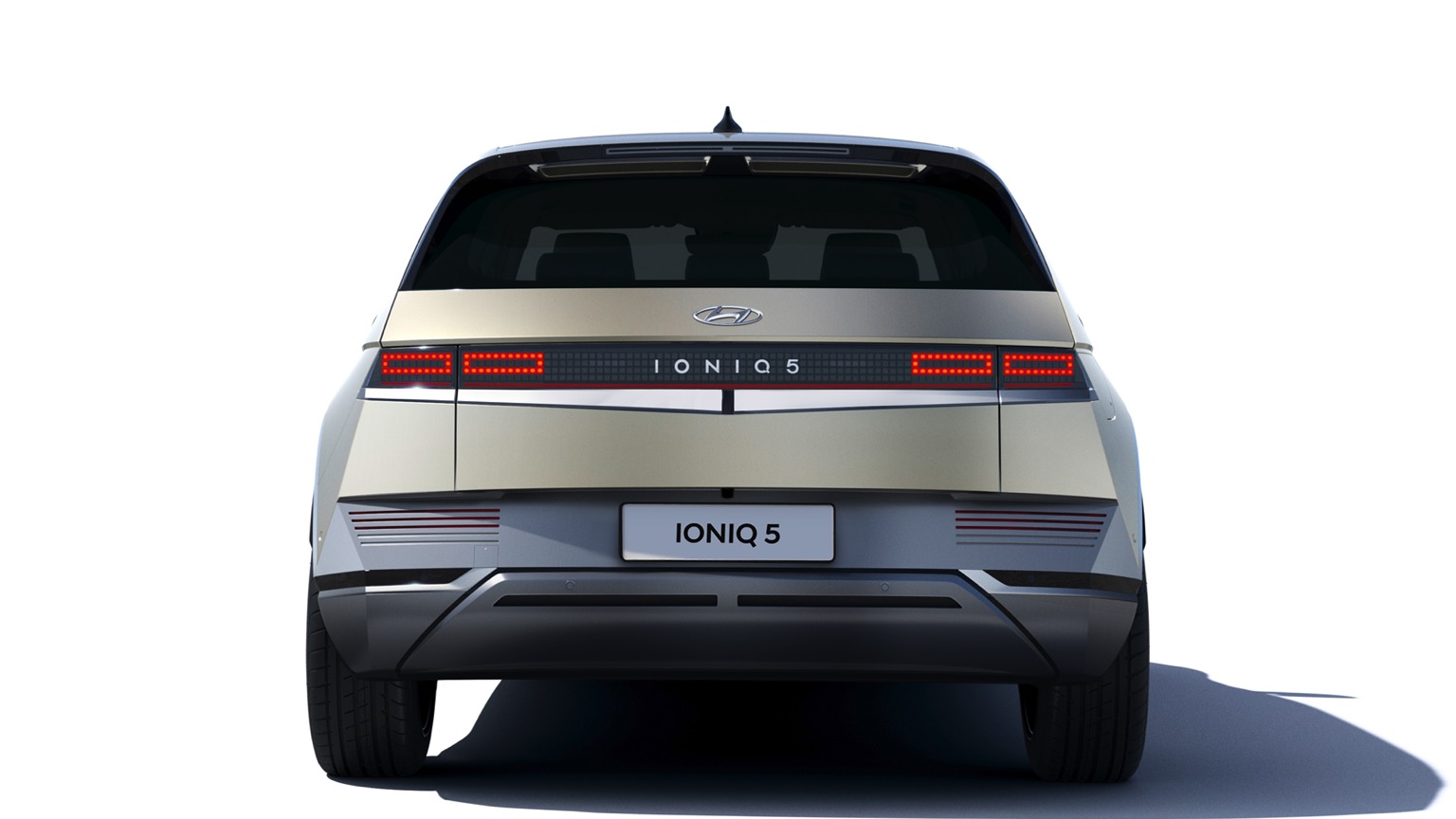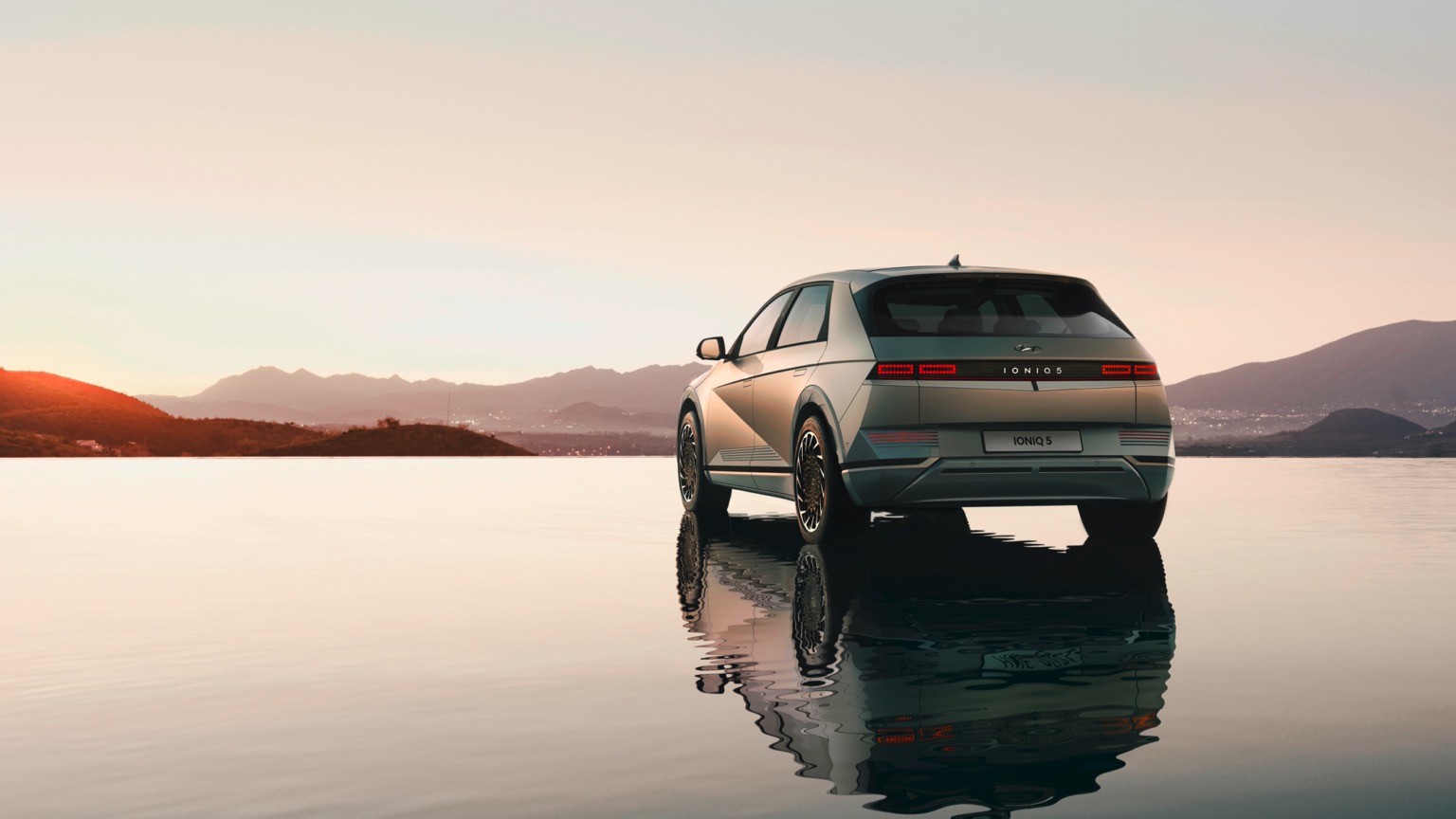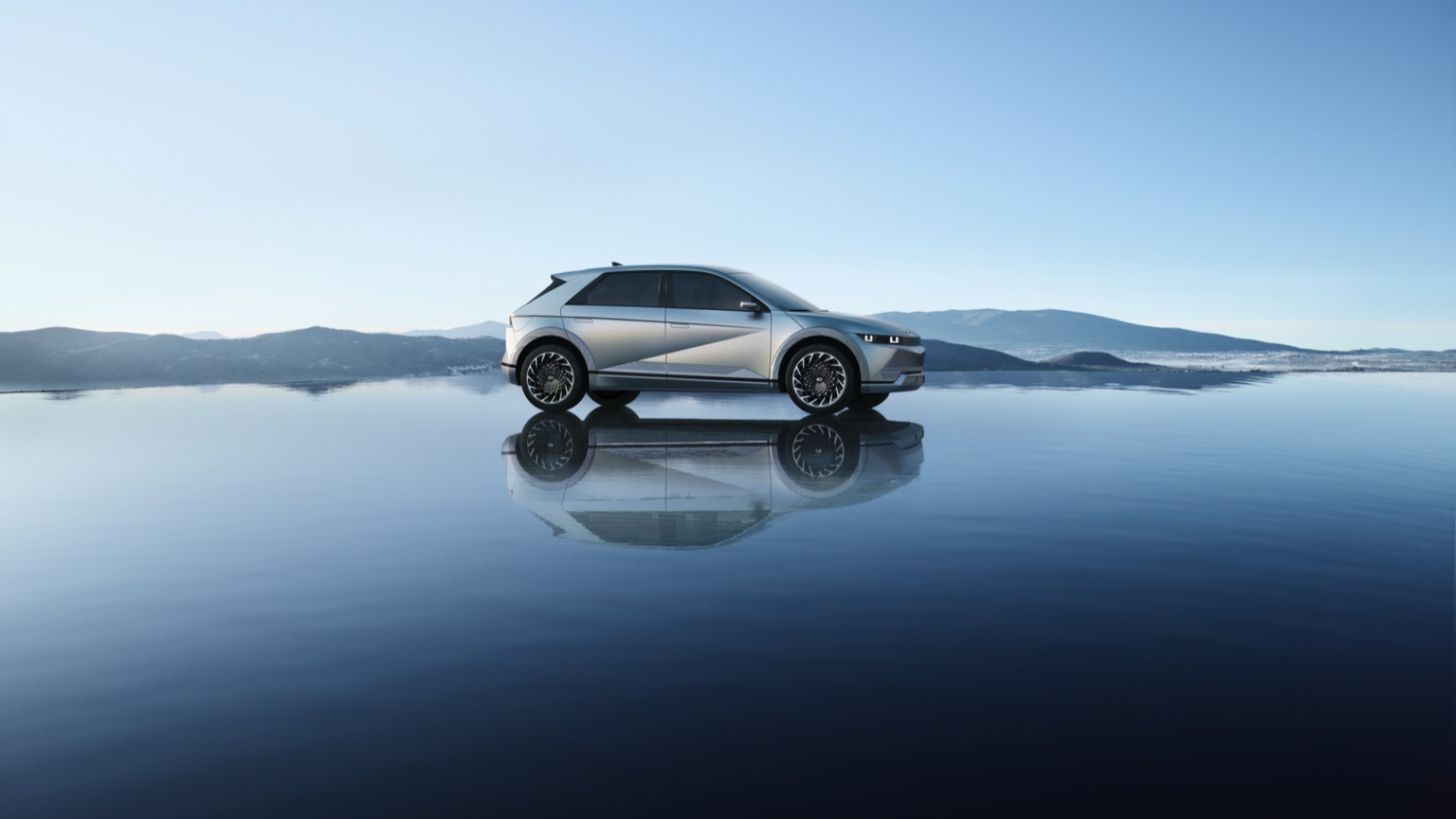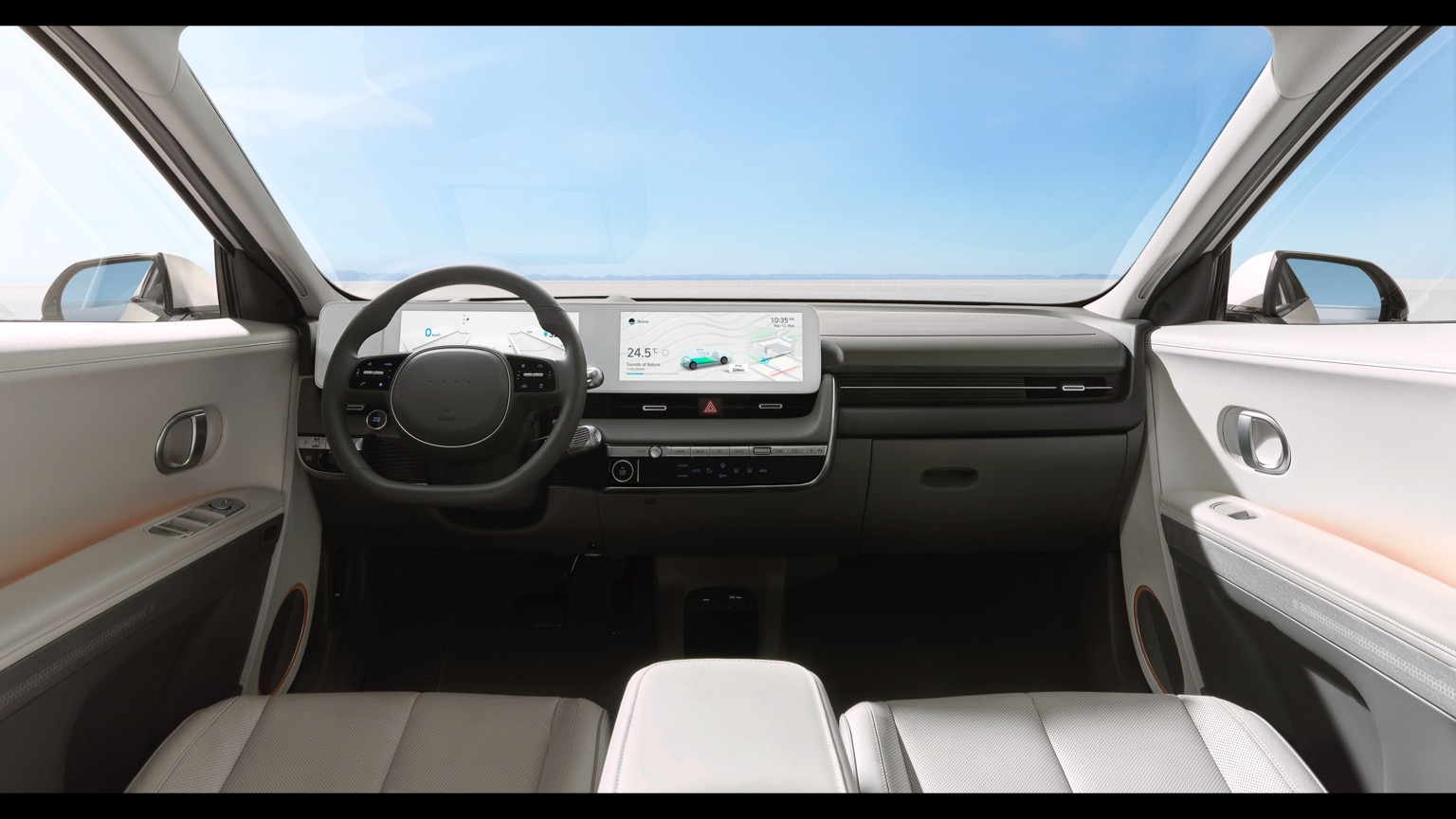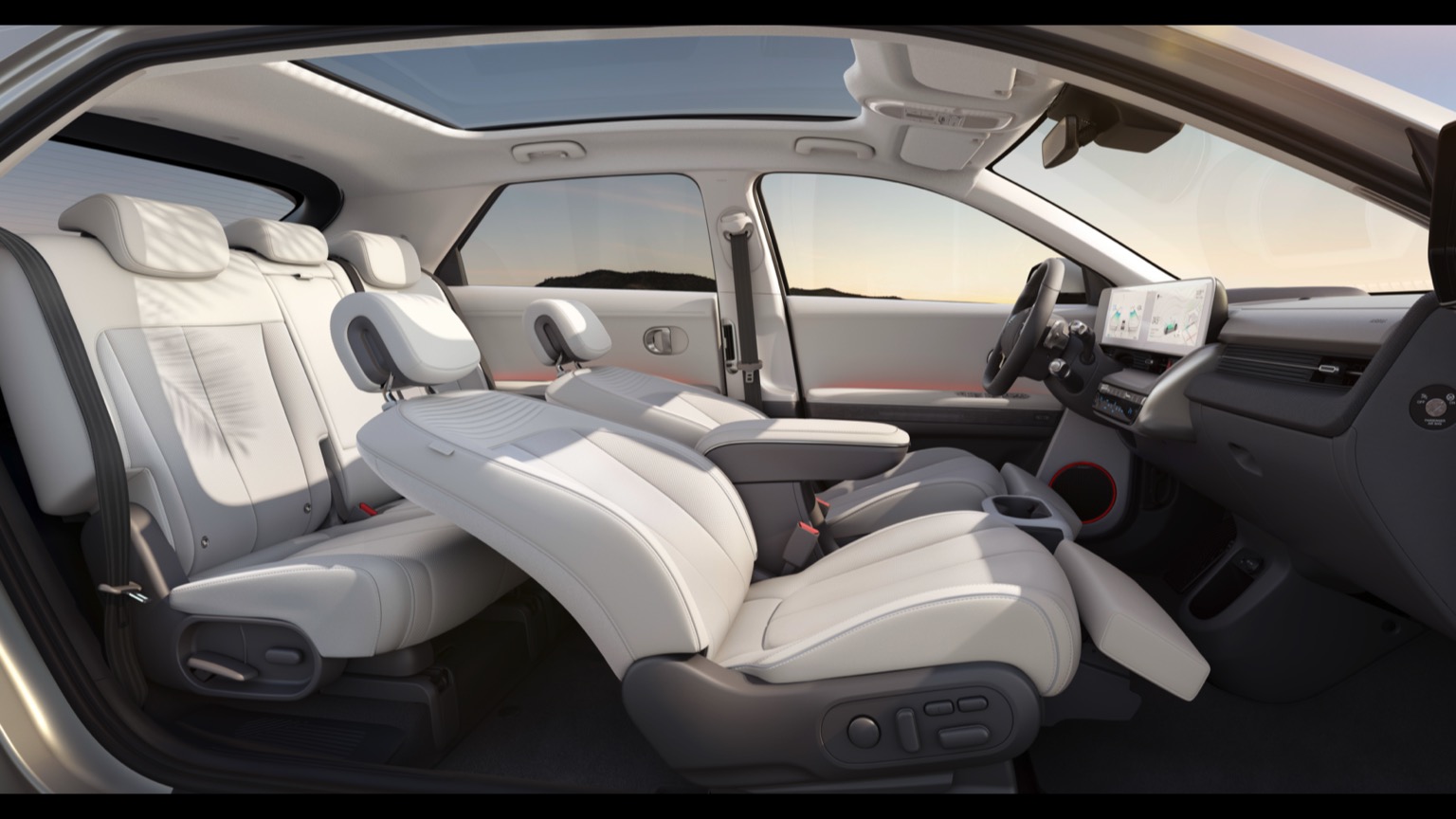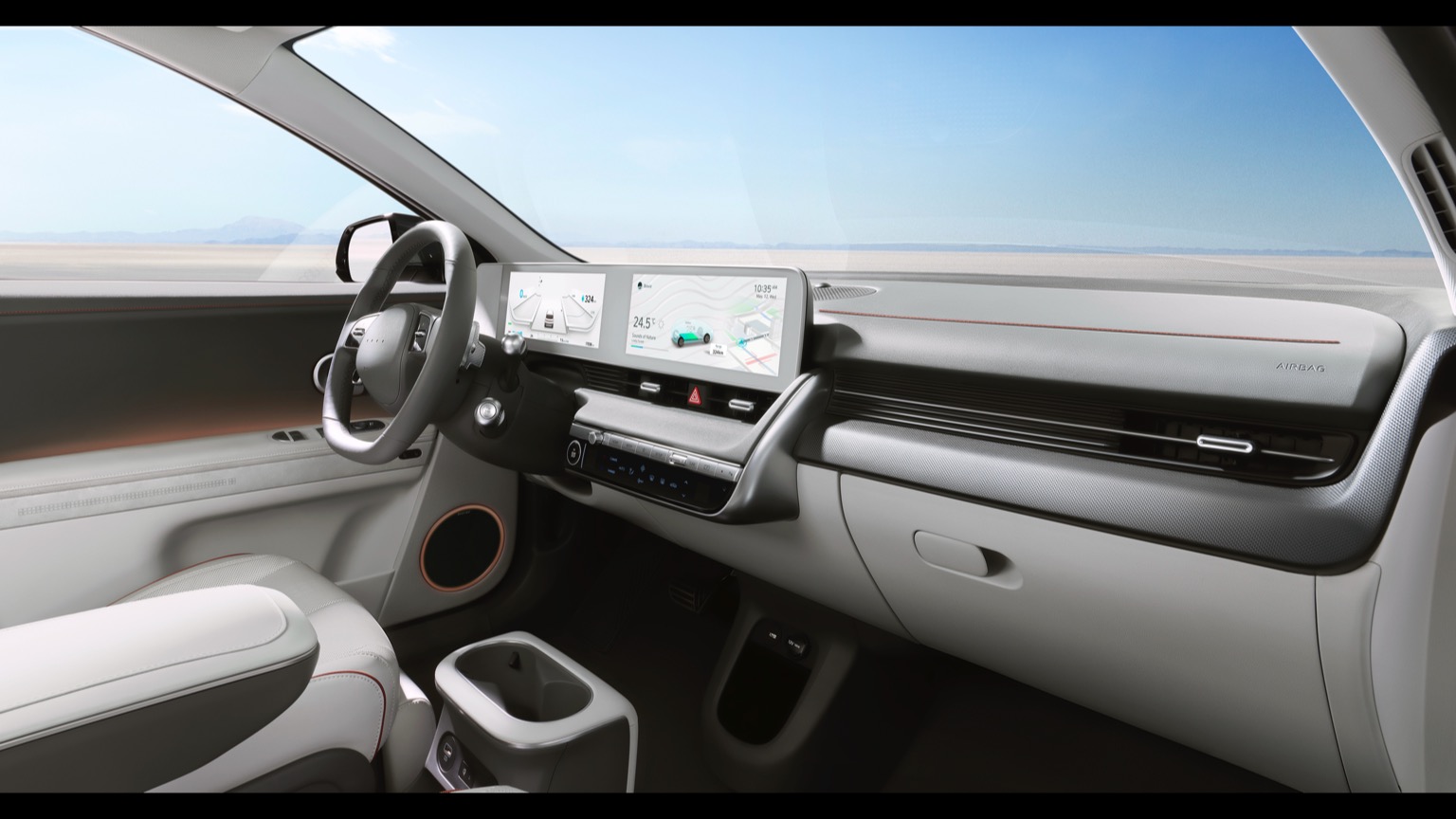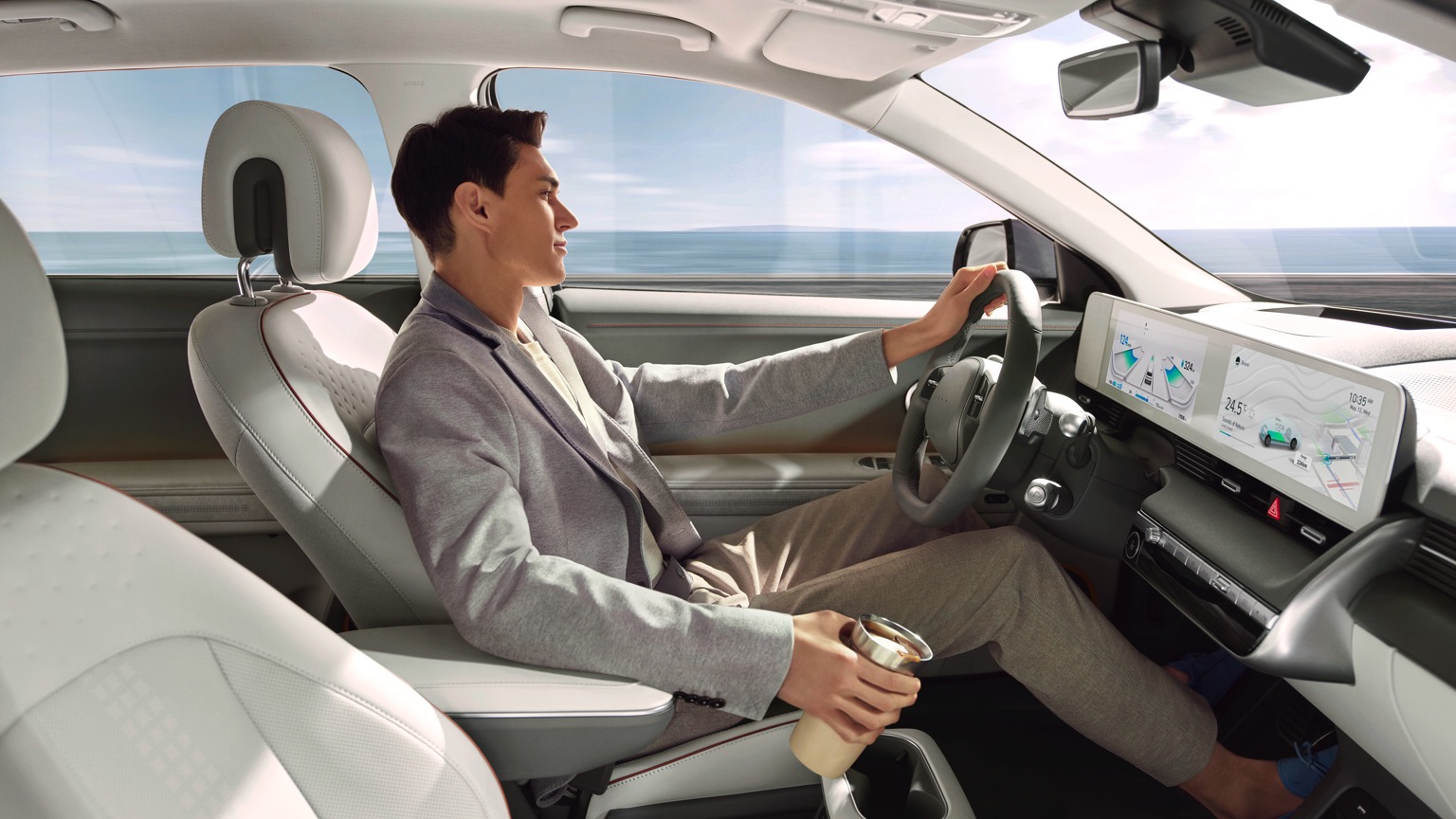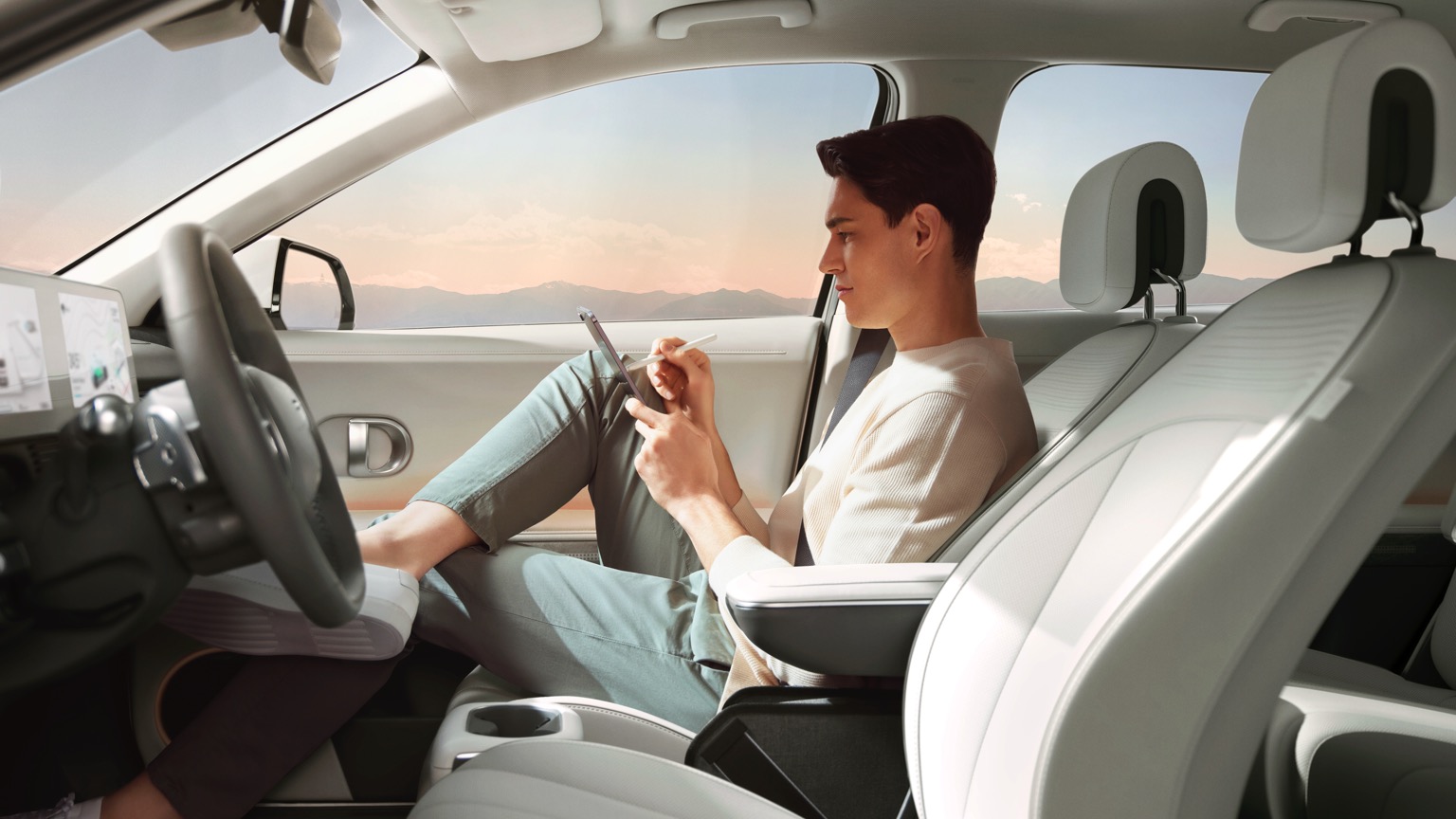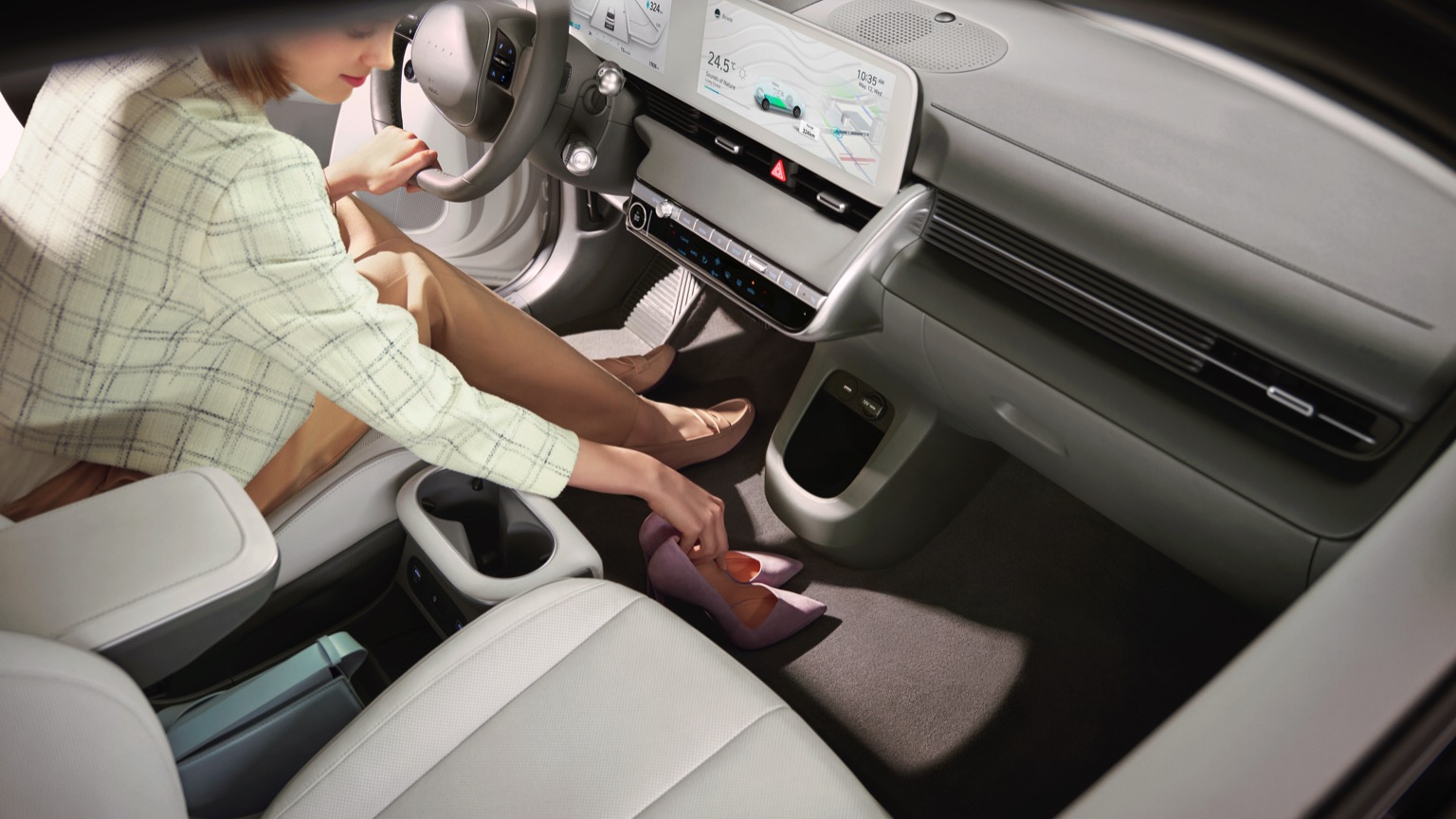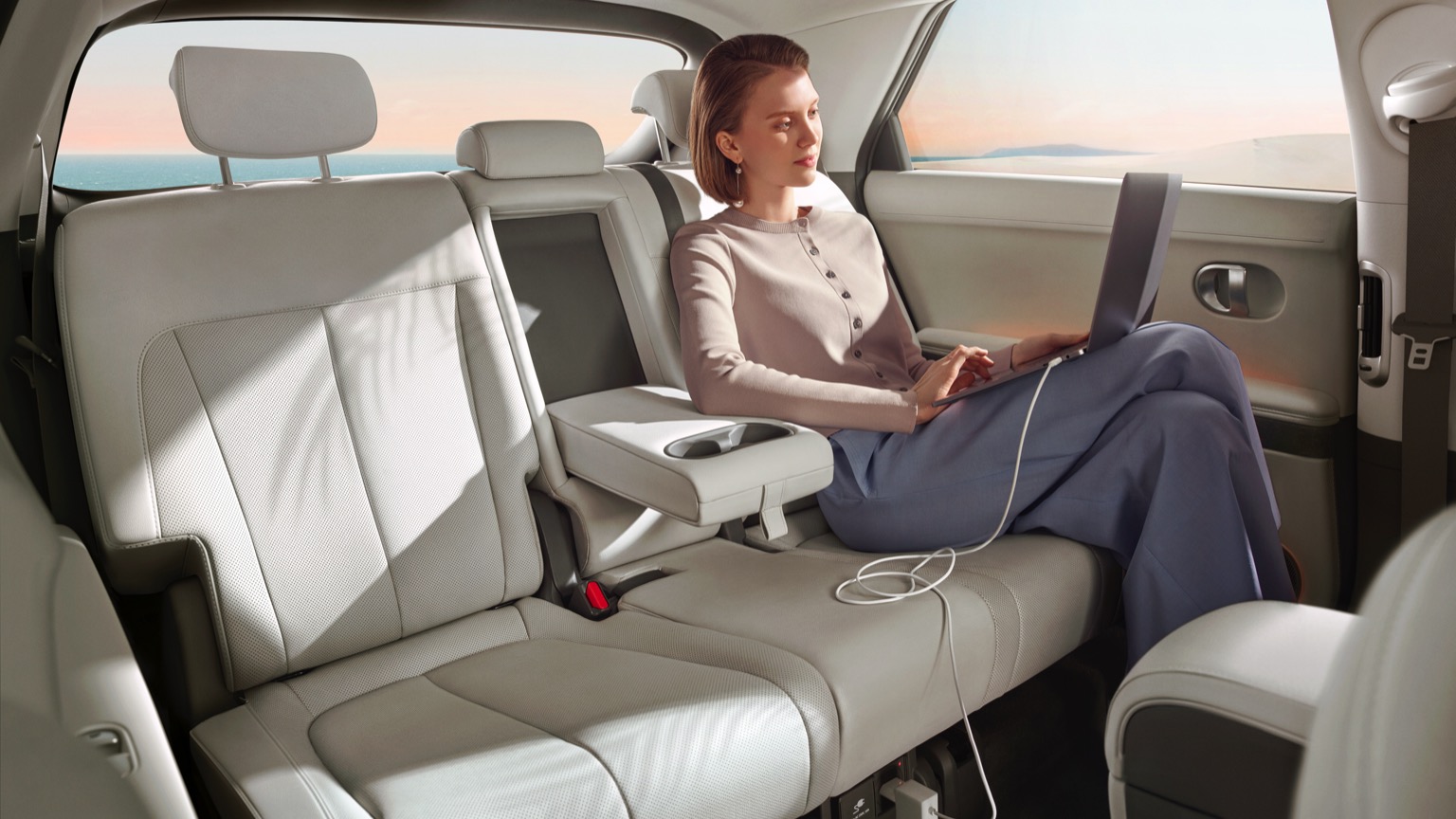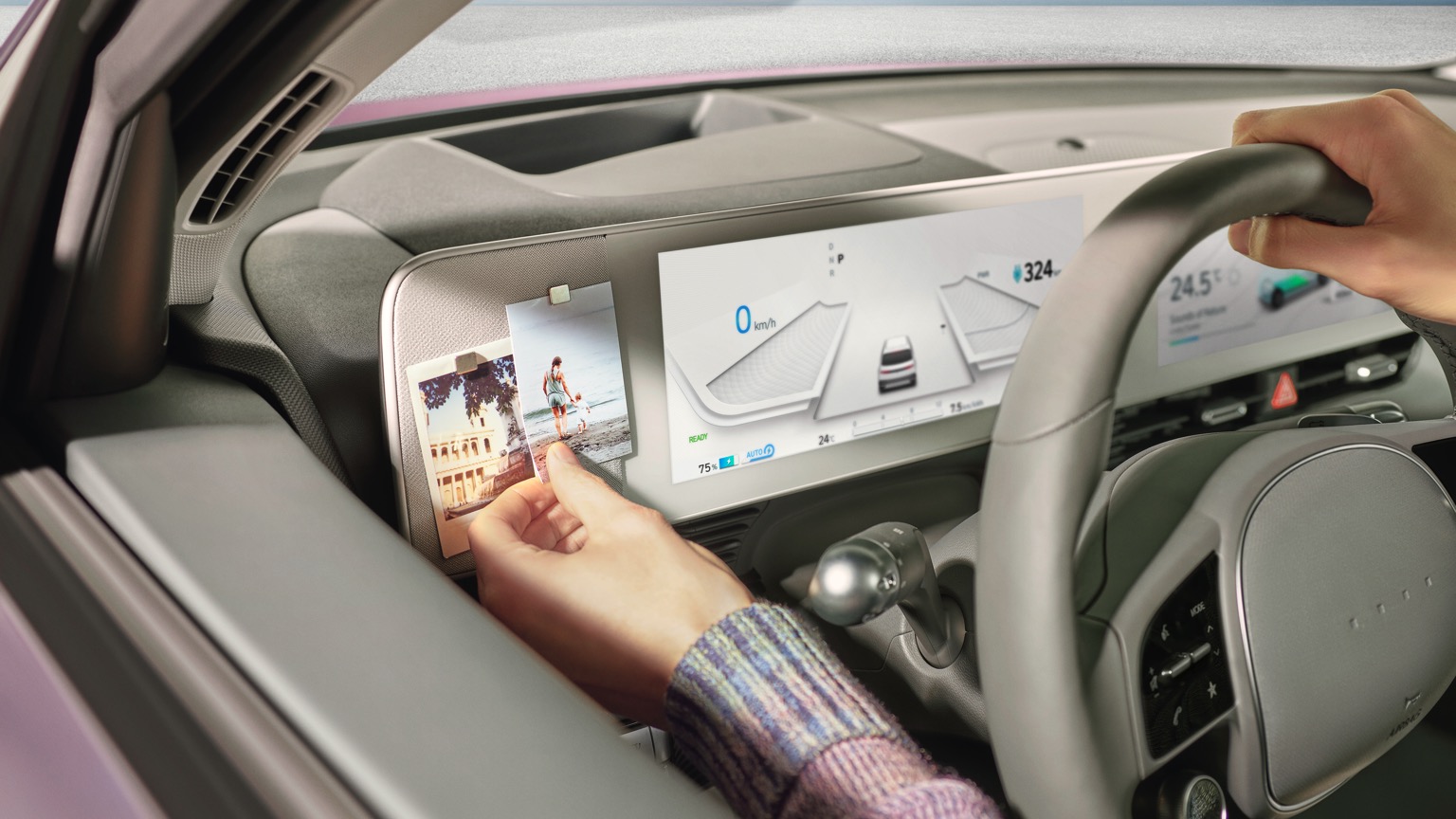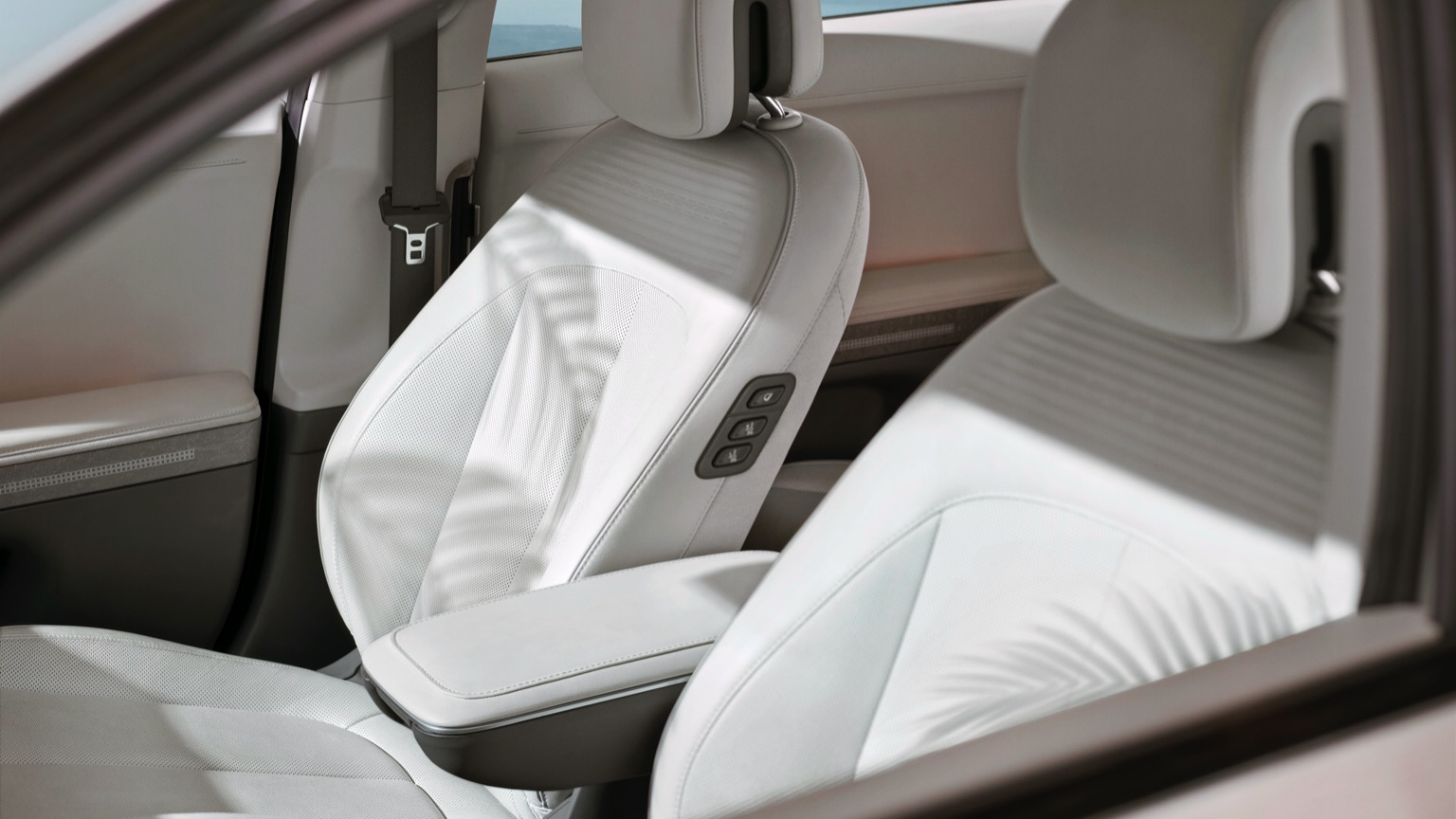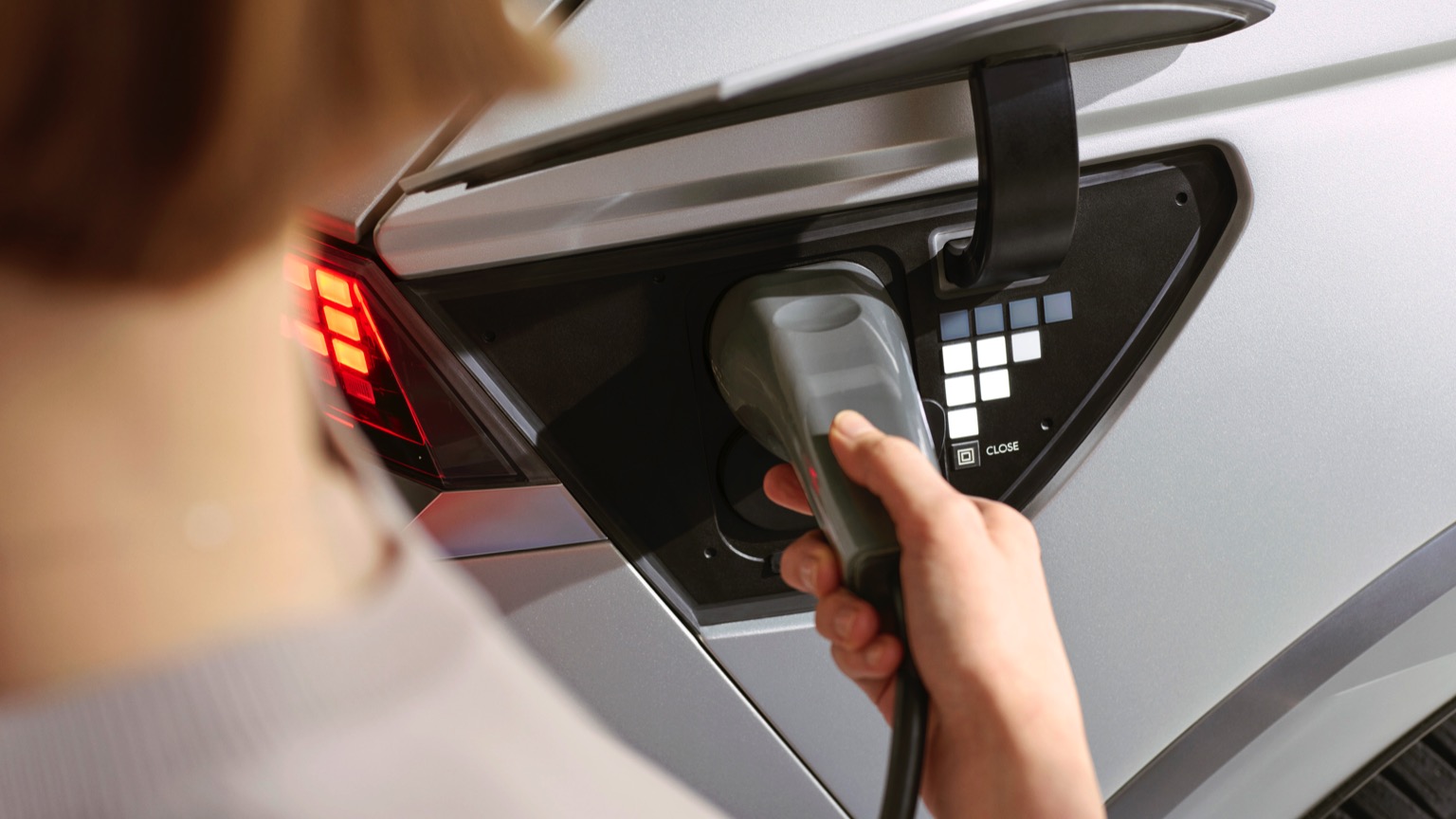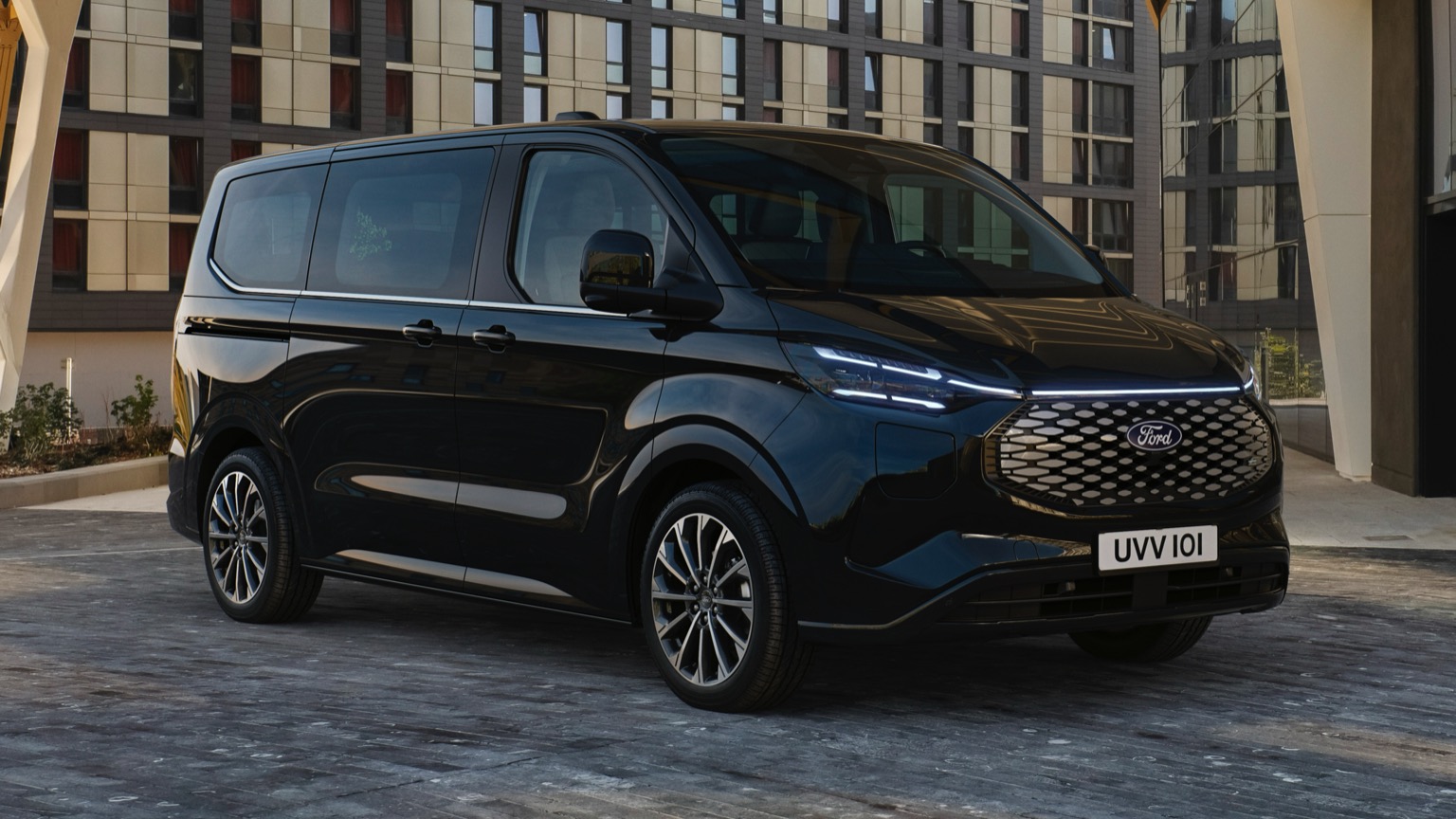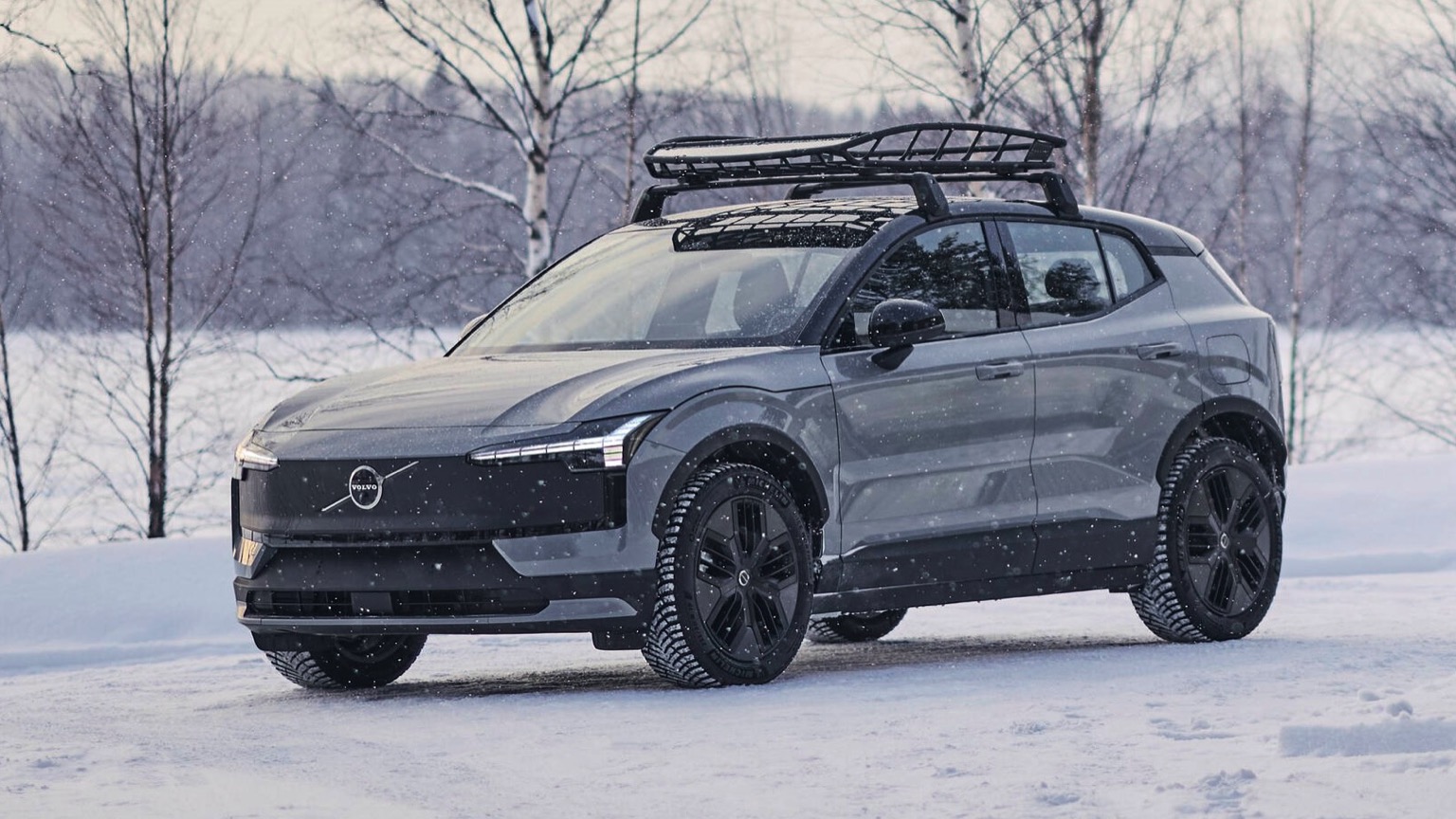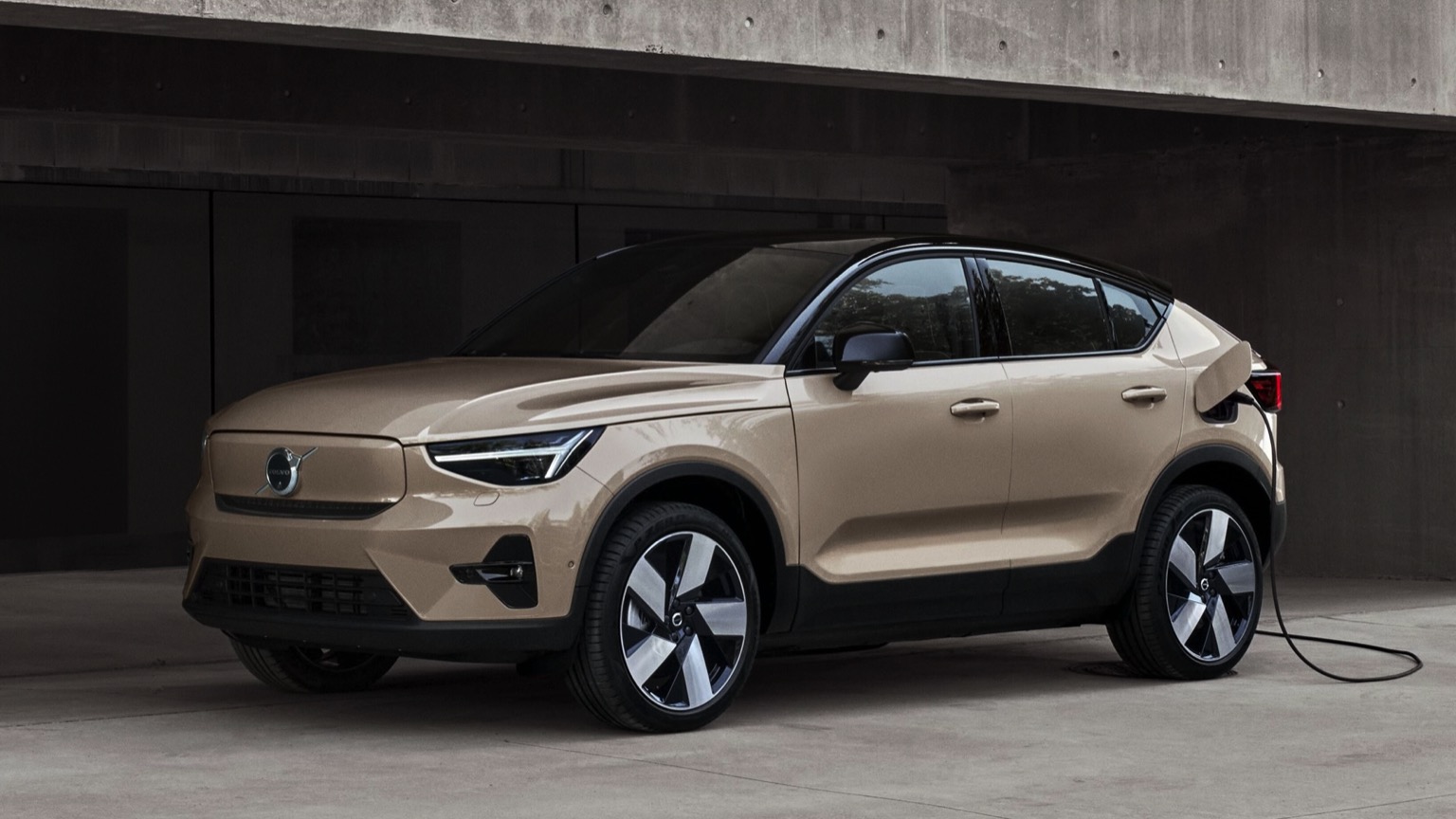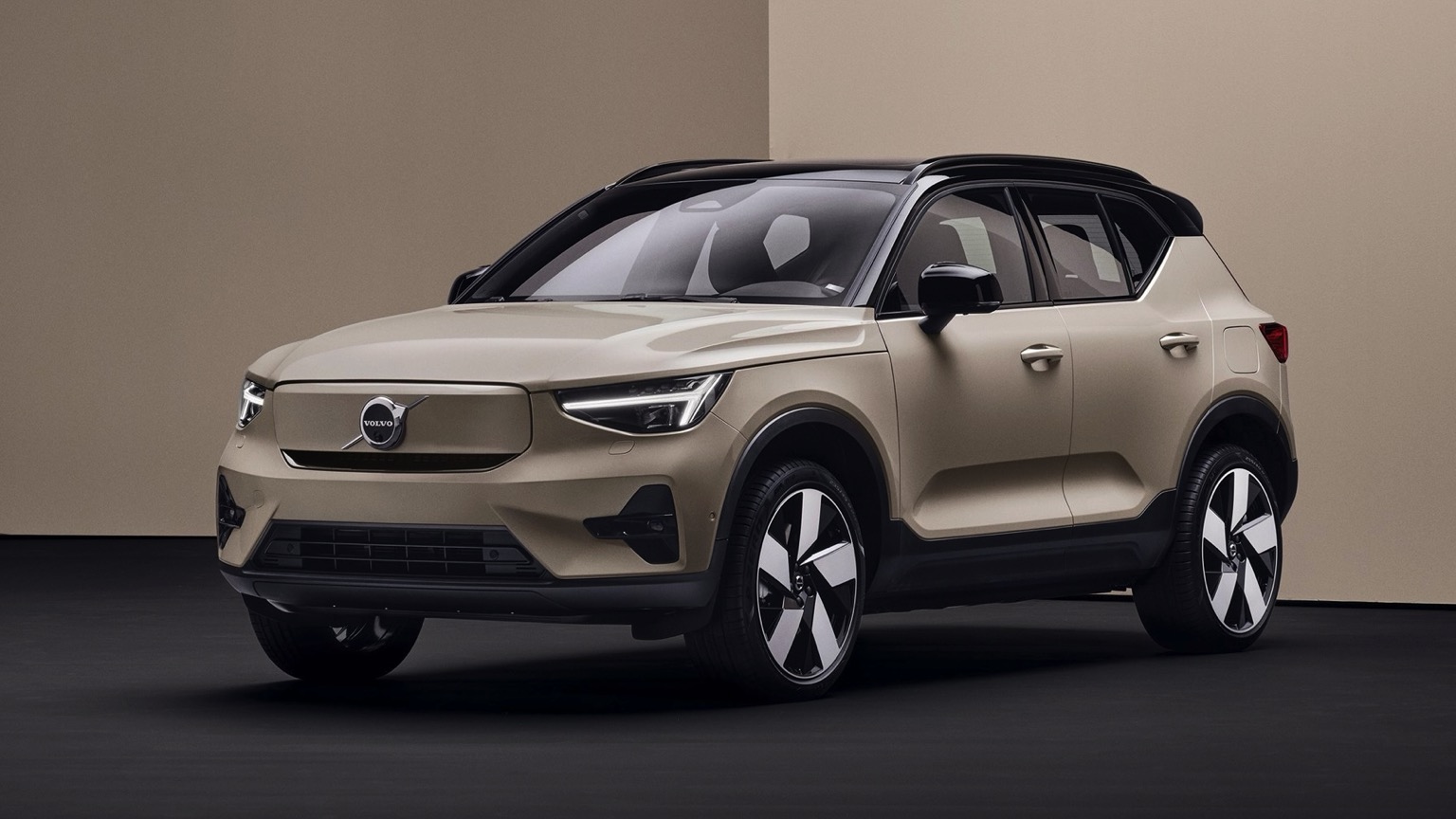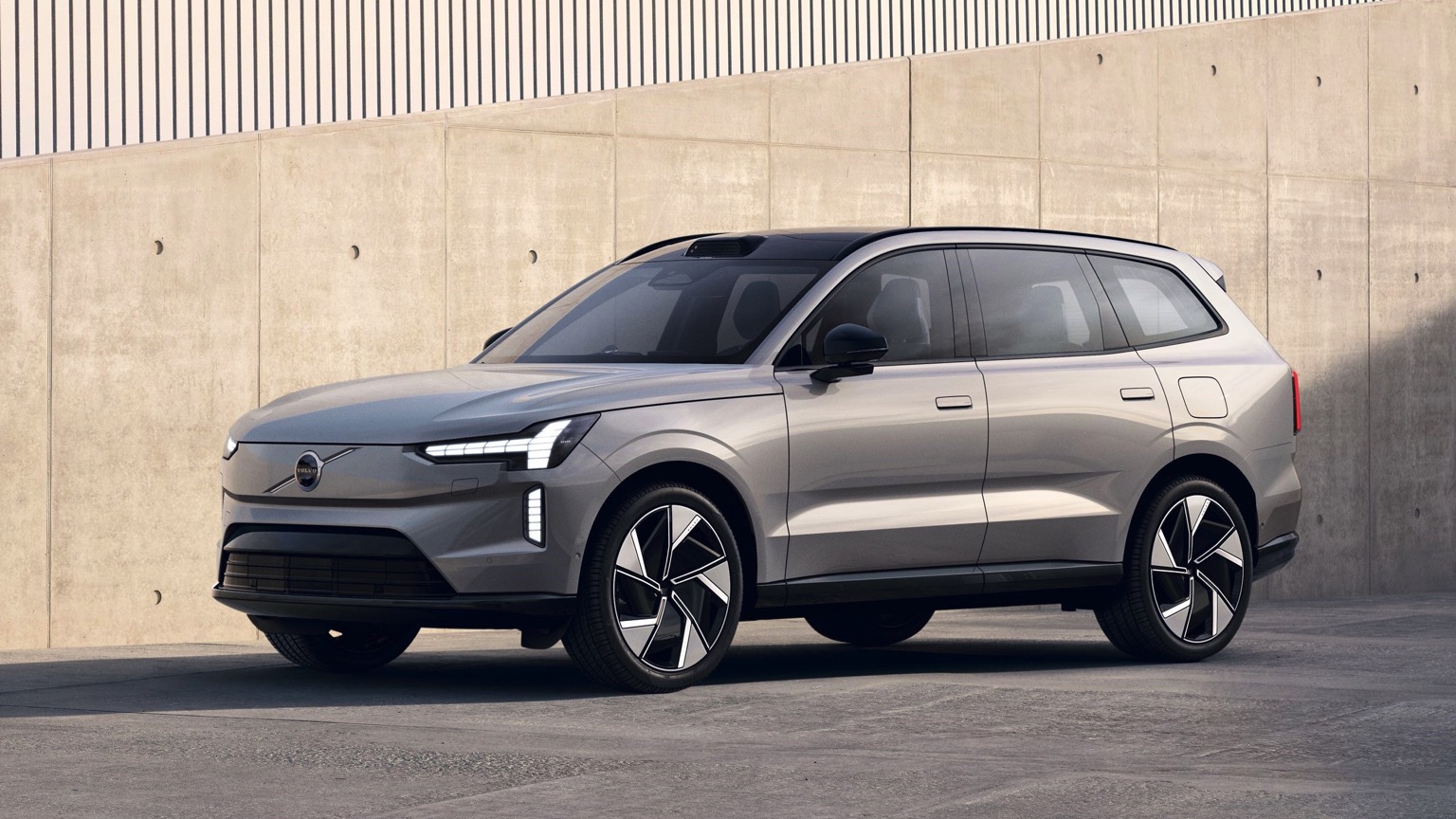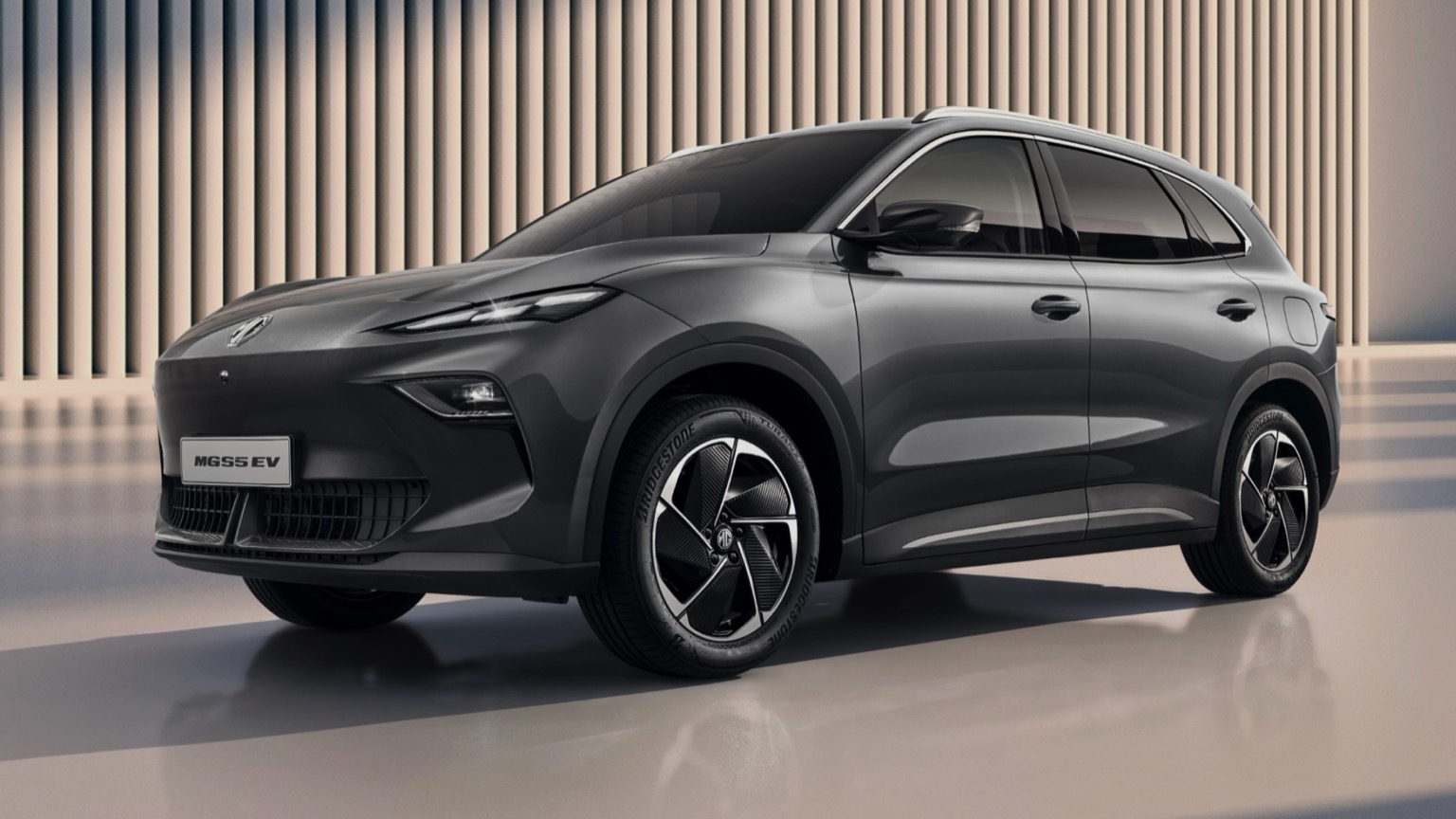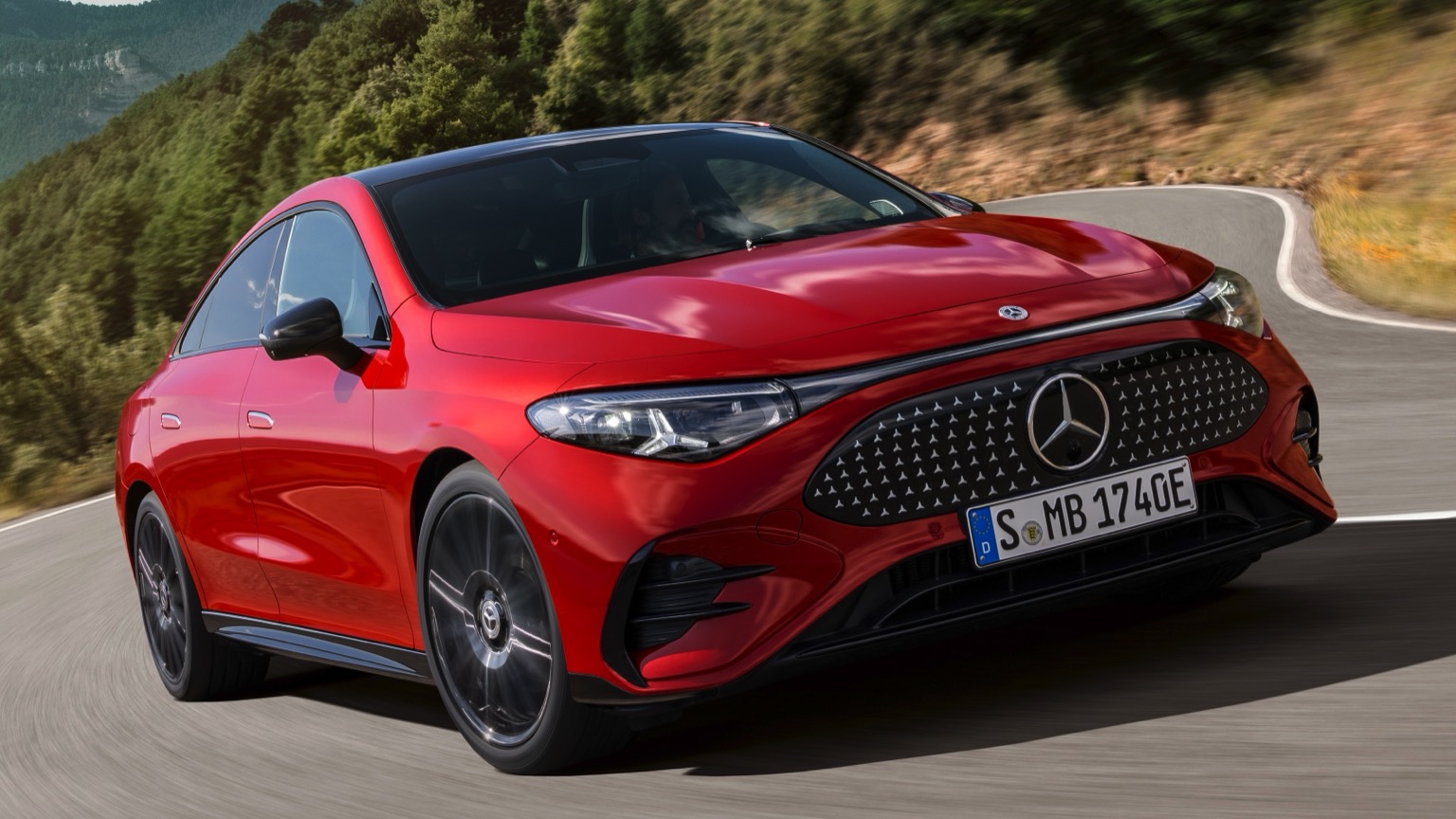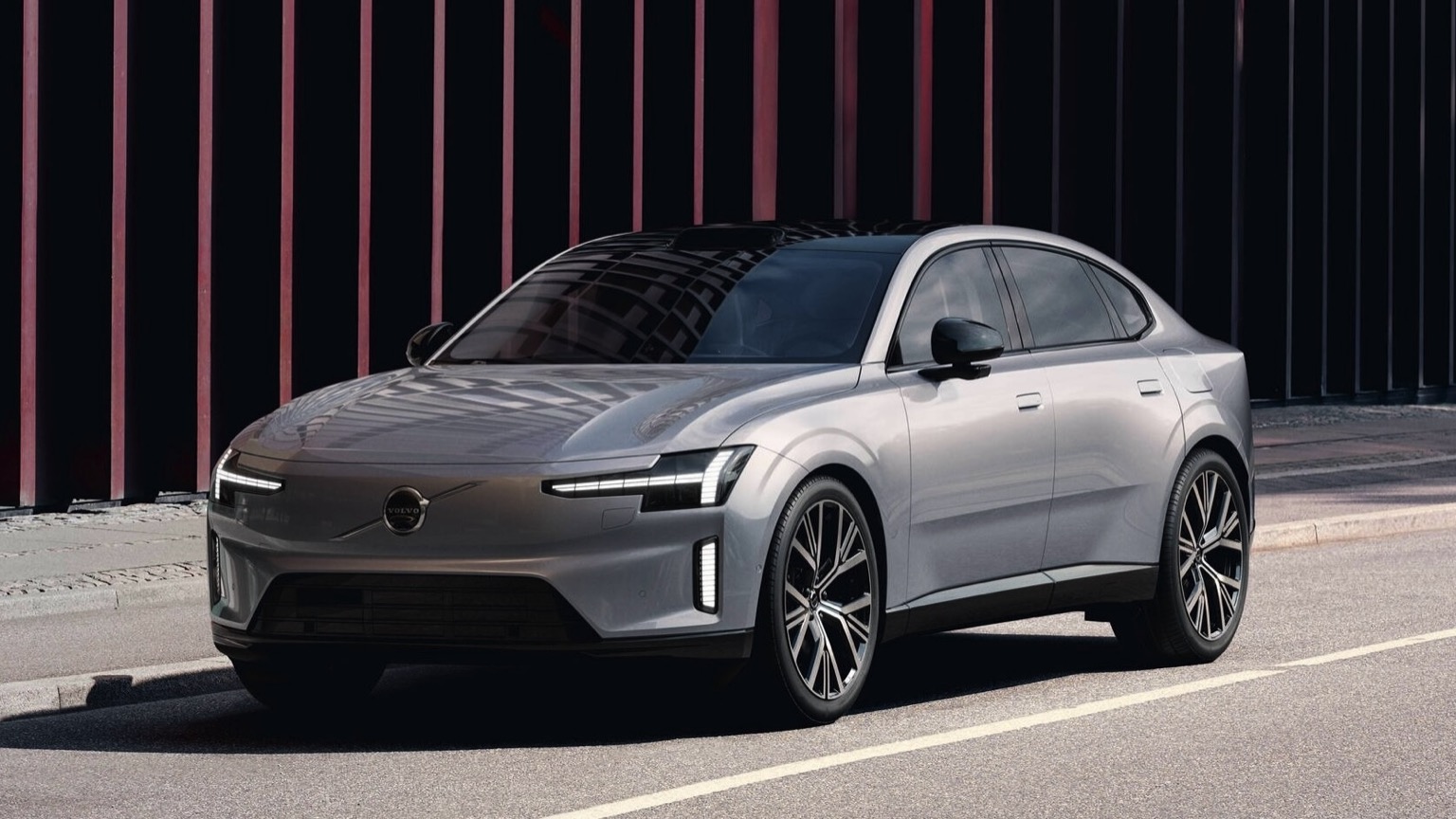Driving Range
In short, how many miles you can travel on a full charge. Is length important? Let’s not open that can of worms…
Efficiency
How many kWh of charge are needed to travel a set distance. The fewer needed, the more efficient your EV is. Easy!
Battery
The bigger the battery, the more power it can hold. In essence, fewer stops needed to top up your charge. Ahh, simplicity!
Top Speed
The maximum speed you can reach with your foot pressed hard to the floor. Important when escaping a zombie apocalypse, we assume.
Seats
Well, you don’t want to have to leave anybody at home… or do you?
Body
From stylish SUVs and compact crossovers, to curvaceous coupes and handy hatchbacks, there’s a perfect shape for everyone!
Isofix
The safe way to attach a child seat. Typically, these are hidden in the join between the back seats, alongside the crumbs from your last meal deal.
Safety Rating
A measure that considers the amount of safety kit installed, how a vehicle performs in crash testing and how safe it is for both pedestrians and cyclists.
| City - Cold Weather | 235 miles |
| Highway - Cold Weather | 170 miles |
| Combined - Cold Weather | 200 miles |
| City - Mild Weather | 345 miles |
| Highway - Mild Weather | 215 miles |
| Combined - Mild Weather | 270 miles |
Indication of real-world range in several situations. Cold weather: 'worst-case' based on -10°C and use of heating. Mild weather: 'best-case' based on 23°C and no use of A/C. For 'Highway' figures a constant speed of 110 km/h is assumed. The actual range will depend on speed, style of driving, weather and route conditions.
| Charge Port | Type 2 |
| Port Location | Right Side - Rear |
| Charge Power | 11 KW AC |
| Charge Time | 8hr |
| Charge Speed | 29 mph |
| Fastcharge Port | CCS |
| FC Port Location | Right Side - Rear |
| Fastcharge Power (max) | 233 |
| Fastcharge Time | 16m |
| Fastcharge Speed | 610 mph |
General Charging (0 - 100%)
Charging is possible by using a regular wall plug or a charging station. Public charging is always done through a charging station. How fast the EV can charge depends on the charging station (EVSE) used and the maximum charging capacity of the EV
| Charging Point:Charging Point | Power:Power | Time:Time |
|---|---|---|
| Charging Point:Wall Plug | Power:2.3 kW | Time:38hr |
| Charging Point:1-Phase 16A | Power:3.68 kW | Time:23hr 45m |
| Charging Point:1-Phase 32A | Power:7.36 kW | Time:11hr 45m |
| Charging Point:3-Phase 16A | Power:3.68 kW | Time:8hr |
| Charging Point:3-Phase 32A | Power:7.36 kW | Time:8hr |
Rapid Charging (10 - 80%)
Rapid charging enables longer journeys by adding as much range as possible in the shortest amount of time. Charging power will decrease significantly after 80% state-of-charge (SoC) has been reached.
| Charging Point:Charging Point | Average Power:Average Power | Time:Time |
|---|---|---|
| Charging Point:CCS 50 | Average Power:50 kW | Time:1hr 5m |
| Charging Point:CCS 150 | Average Power:149 kW | Time: 22m |
| Charging Point:CCS-300-DC | Average Power:200 kW | Time: 16m |
| EVDB Real Range | 235 miles |
| EVDB Vehicle Consumption | 315 Wh/mi |
| EVDB CO2 Emissions | 0 g/mi |
| EVDB Vehicle Fuel Equivalent | 1.28 l/100mi |
| WLTP Real Range | 299 miles |
| WLTP Rated Consumption | 28.8 Wh/mi |
| WLTP Vehicle Consumption | 24.8 Wh/mi |
| WLTP CO2 Emissions | 0 g/mi |
| WLTP Rated Fuel Equivalent | 1.4 l/100mi |
| WLTP Vehicle Fuel Equivalent | 1.63 l/100mi |
| Acceleration 0 - 100 km/h | 5.1 sec |
| Top Speed | 115 mph |
| Electric Range* | 235 miles |
| Total Power* | 239 kWh |
| Total Torque* | 605 Nm |
| Drive | AWD |
| Safety Rating | |
| Rating Year | 2021 |
| Adult Occupant | 88% |
| Child Occupant | 86% |
| Vulnerable Road Users | 63% |
| Safety Assist | 88% |
For more details on the safety rating of this vehicle, visit euroncap.com
| Nominal Capacity | 77.4 kWh |
| Battery Type | Lithium-ion |
| Number of Cells | 192 |
| Architecture | 800 V |
| Useable Capacity | 74 kWh |
| Cathode Material | NCM |
| Pack Configuration | 192s2p |
| Nominal Voltage | 697 V |
| Length | 4635 mm |
| Width | 1890 mm |
| Width (with mirrors) | 2152 mm |
| Height | 1605 mm |
| Wheelbase | 3000 mm |
| Weight Unladen (EU) | 2120 kg |
| Gross Vehicle Weight (GVWR) | 2560 kg |
| Max. Payload | 515 kg |
| Cargo Volume | 527 L |
| Cargo Volume (Max) | 1578 L |
| Cargo Volume Frunk | 24 L |
| Roof Load | 80 kg |
| Tow Hitch Possible | Yes |
| Towing Weight Unbraked | 750 kg |
| Towing Weight Braked | 1600 kg |
| Vertical Load Max | 100 kg |
| Seats | 5 |
| Isofix | Yes, 2 seats |
| Turning Circle | 12m |
| Platform | HMG E-GMP |
| Car Body | SUV |
| Segment | D |
| Roof Rails | No |
| EV Dedicated Platform | Yes |
* = estimated value. Average energy consumption and range based on moderate drive style and climate. Real-life values may differ significantly. Pricing information might not be actual for some regions. No rights can be derived from the information on this site.
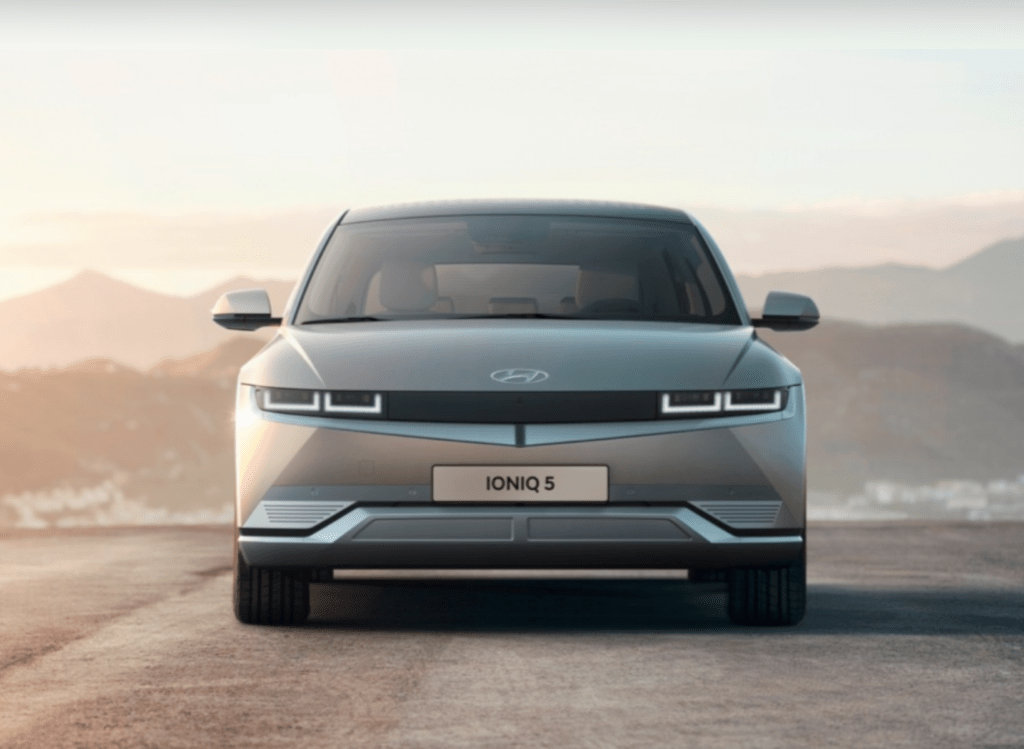
Hyundai IONIQ 5 AWD long range
The Hyundai IONIQ 5 isn’t just a car; it’s a bold statement in the evolving world of electric vehicles (EVs). This model, part of Hyundai’s ambitious IONIQ brand dedicated exclusively to electric mobility, marks a new era for the industry. With its cutting-edge design, impressive technology, and commitment to sustainability, the IONIQ 5 doesn’t just meet expectations – it seeks to surpass them.
With an absolutely incredible 5-star review from almost everyone who has spent any time with the Hyundai IONIQ 5, it’s no wonder that this is one of the most highly sought-after electric vehicles on the market. With such an incredible reputation, we take a look at the answers to some of the questions you might have before purchasing.
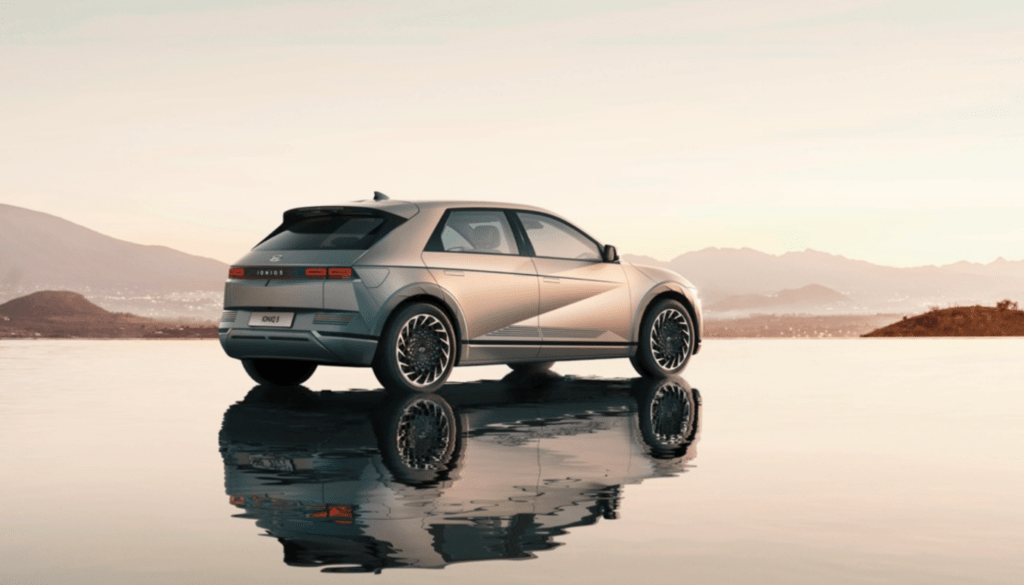
Where to charge Hyundai IONIQ 5?
The Hyundai IONIQ 5 can be charged at home with a home EV charger. Many electric vehicle owners will plug their car into the zappi to charge overnight in the same way you would leave your mobile phone to charge. That doesn’t mean you have to charge your car every night in the same way you don’t have to visit the petrol station every day with a petrol car.
Hyundai IONIQ 5 can also be charged at work if your work has charging points or by using any public charging station.
How long does it take to charge the IONIQ 5 AWD long range?
10 hours and 34 minutes*
*Using a standard 7kWh charger, such as zappi it would take 10 hours and 34 minutes to fully charge your 74kWh battery. The IONIQ also has the capability to be charged on the 22kWh zappi, which would reduce this charging time down to 8 hours.
What is the range of the Hyundai IONIQ 5 AWD long range?
235 miles**The range of the Hyundai IONIQ 5 AWD (long range) with the 74kWh battery, differs between 170 miles and 345 miles depending on your driving conditions and the type of road. Typically, the average range from a full charge will be around 235 miles.
How much does it cost to charge the IONIQ 5 AWD long range?
£5.55**It could cost just £5.55 to charge the Hyundai IONIQ 5 (standard range model) when fully utilising off-peak charging on an Octopus Intelligent tariff, at 0.075p/kwh. In contrast, peak charging on a standard rate of 0.34p/kwh can cost £25.16 to charge up.
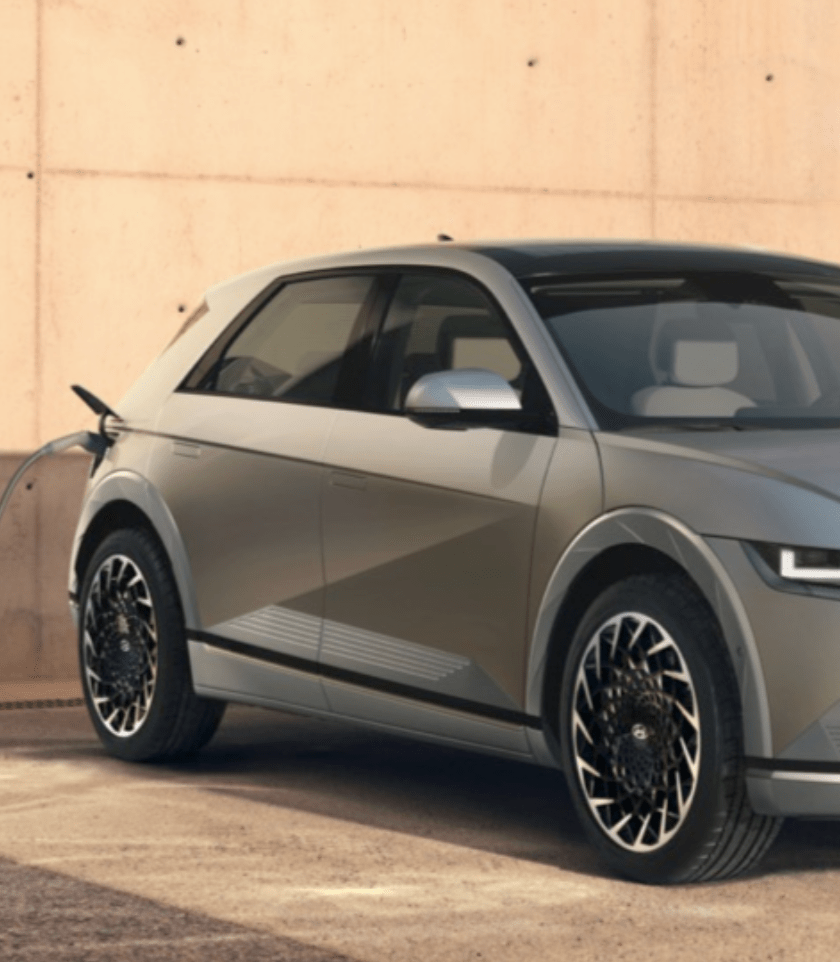
How much is the IONIQ 5?
The long range IONIQ 5 AWD has a starting price of £50,445*, with the two-wheel drive coming in slightly lower at £46,945*, however the entry-level model (standard range) has a starting price of £43,445*.
Unlike many other car manufacturers who charge for the majority of extras, each Hyundai IONIQ 5 comes with many extras included as standard. Meaning there is much less discrepancy between the price of the base model and the more advanced model.
If you are looking for a car that will fit the whole family and be comfortable on the road, then this is likely the car for you. That being said, the mileage range of the battery varies greatly depending on the model meaning it might not always be the best car for long journeys. Officially, the battery range is anywhere from 170 miles to around 345 miles.
*prices correct as of October 2023.
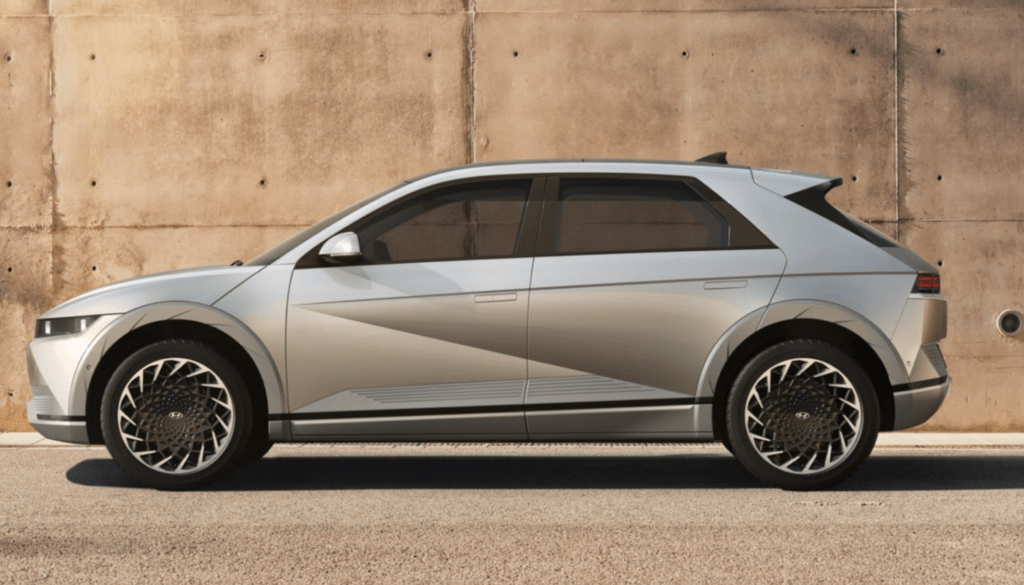
Does Hyundai IONIQ have autopilot?
The Hyundai IONIQ 5 is the first car in the Hyundai fleet to feature level 2 autonomous safety technology.
What this means for you is that your car will be able to control speed and the distance between other vehicles as well as help you when you’re changing lanes. It’s not quite the “Come To Me” self-driving feature that Tesla has long been trailing, but it does help improve the safety of your car.
With an NCAP safety score of 5 stars, the highest award possible, and an incredibly high-reliability ranking given by whatcar.com, the Hyundai IONIQ 5 is a car you can trust.
Similar Electric Vehicles

